Discover Namibia – Africa’s Remote Luxury Playground
Get ready to fall in love with Namibia — a land where soul-stirring landscapes, intimate wildlife moments, and remote luxury lodges come together in perfect harmony. With excellent roads, first-class tourism infrastructure, and warm Namibian hospitality, exploring this southern African gem is seamless, safe, and utterly unforgettable.
Begin your journey in Windhoek, where modern comforts meet African charm. Then head north to the iconic Etosha National Park, one of Africa’s premier safari destinations. Here, elephants, lions, rhinos, and the rare Hartmann’s mountain zebra roam across shimmering salt pans and waterholes. Whether self-driving or guided, every day in Etosha offers thrilling wildlife sightings paired with the refined comfort of handpicked lodges and tented camps.
From Etosha, venture into the rugged Kaokoland – a land of dramatic mountain ranges, dry riverbeds, and extraordinary cultural encounters with the semi-nomadic Himba people. For true solitude and exclusivity, this untouched corner of Namibia delivers breathtaking remoteness and luxury in equal measure.
To the northeast, the lush Zambezi Region (Caprivi) presents a completely different face of Namibia. Lined with rivers and wetlands, this area teems with wildlife and birdlife. Enjoy tranquil river cruises, guided nature drives, and private lodges nestled along the Kwando, Linyanti, and Zambezi rivers.
Heading south again, Damaraland beckons with mystical landscapes and desert-adapted elephants. Discover ancient rock engravings at Twyfelfontein, stay in secluded luxury camps, and experience the surreal silence of Namibia’s vast interior. Don’t miss the glowing granite peaks of Spitzkoppe or the majestic Brandberg, Namibia’s highest mountain, especially magical at sunset.
Next, breathe in the cool Atlantic breeze along the Skeleton Coast. In Swakopmund, Namibia’s coastal jewel, German heritage meets outdoor adventure. Stroll along palm-lined streets, dine in world-class restaurants, or set out on a Living Desert tour to discover the secrets of the dunes. Nearby Walvis Bay is perfect for a serene catamaran cruise, where dolphins, flamingos, and pelicans accompany you.
No trip to Namibia is complete without the spellbinding beauty of the Namib Desert. Witness sunrise over the towering red dunes of Sossusvlei, explore the haunting white clay of Deadvlei, and stand in awe at the depth of Sesriem Canyon. Stay in remote desert lodges where silence, stars, and timelessness envelop you.
Further south, experience the dramatic grandeur of the Fish River Canyon, one of the largest canyons on Earth. Choose between scenic viewpoints or multi-day walking adventures based at a cliff-top luxury lodge — a truly unforgettable way to connect with Namibia’s raw beauty.
And if you’re yearning for more — why not extend your journey? Pair your Namibian adventure with the natural wonders of Botswana, Zambia, or Zimbabwe. Witness the thunderous Victoria Falls, glide through the Okavango Delta, or explore the elephant-rich Chobe River – just a short hop away.
Namibia is calling. Remote. Refined. Remarkable. Are you ready for the journey of a lifetime?
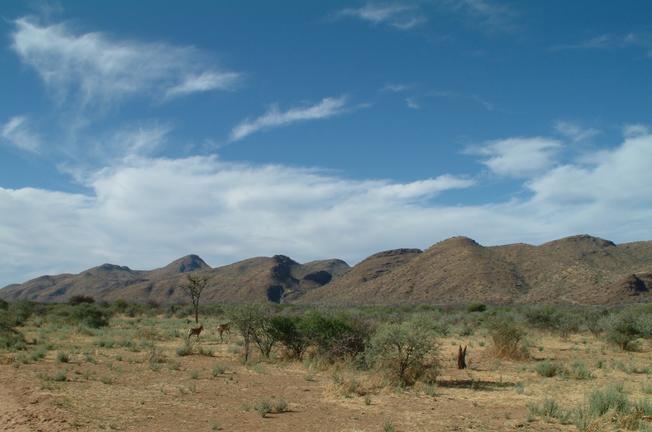
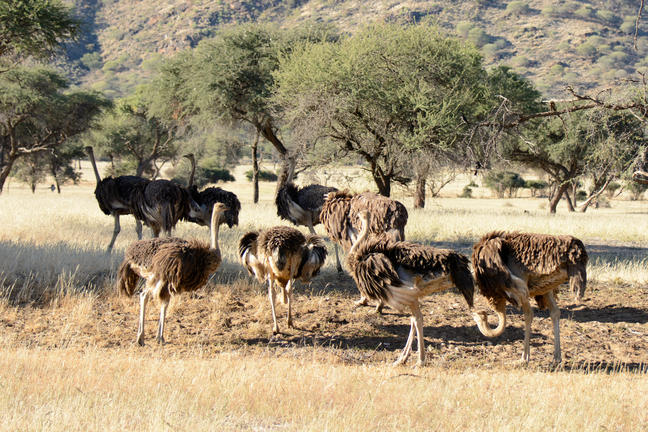
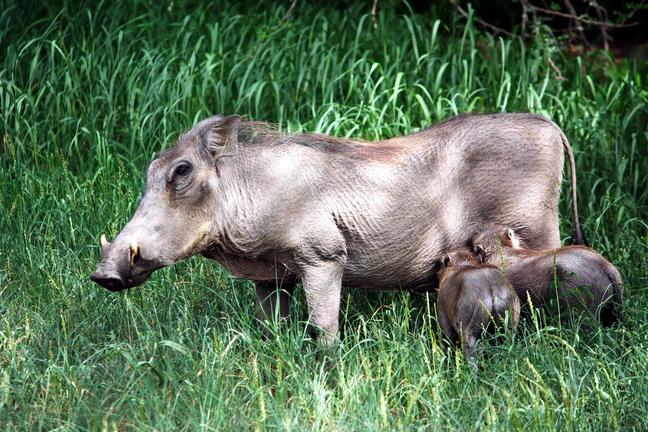
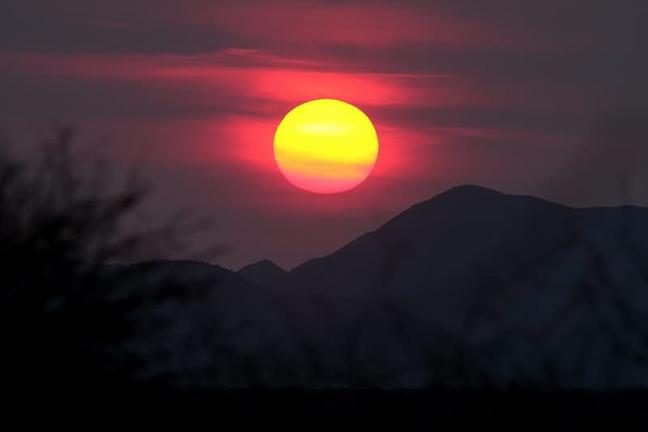
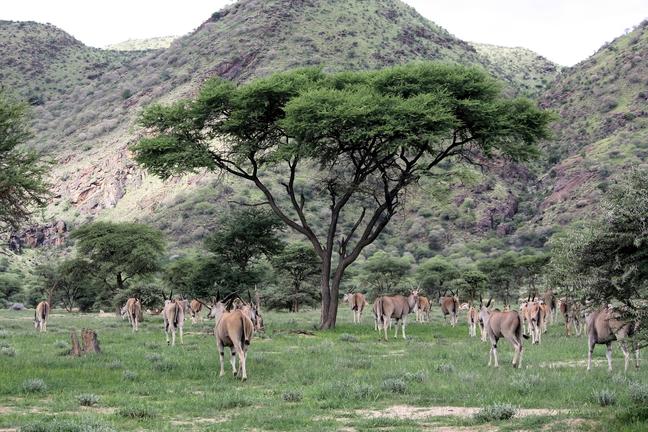
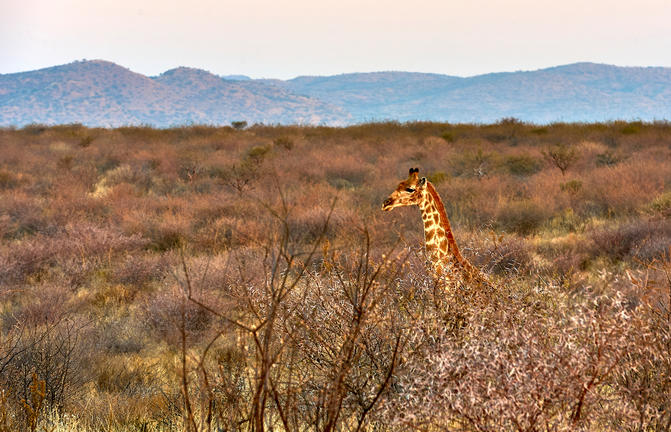
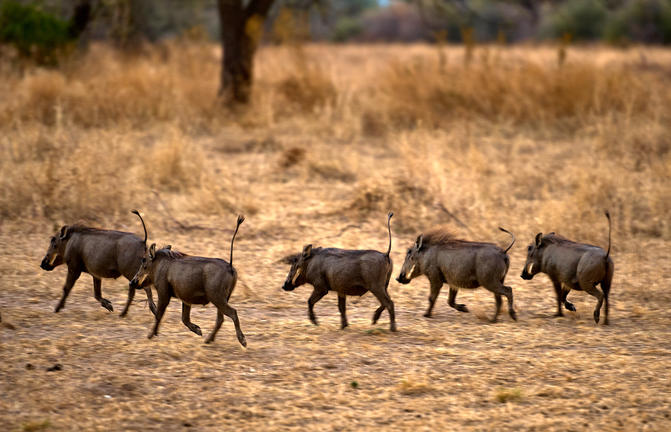
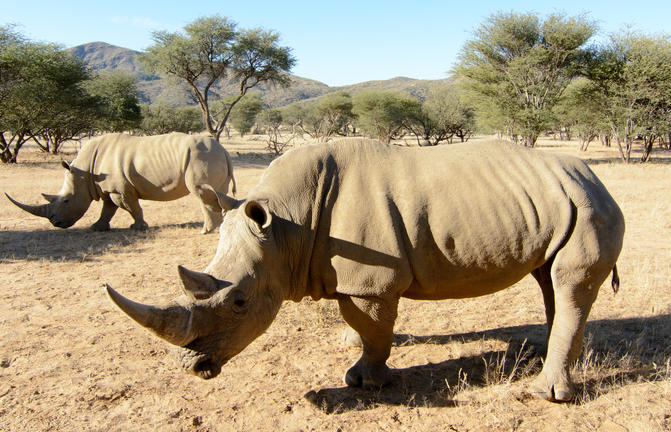
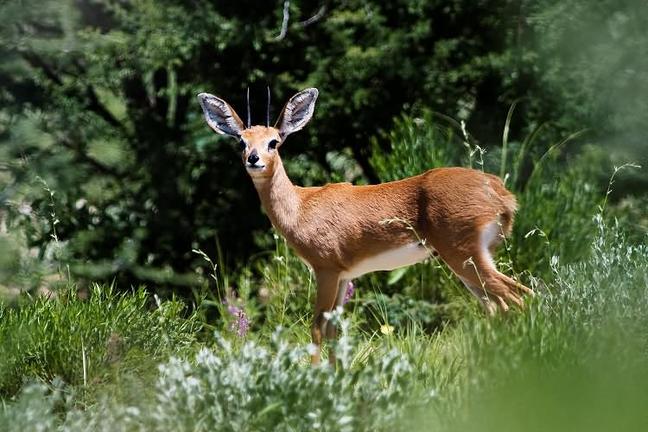
Windhoek, the capital of Namibia, lies at the heart of the country, encircled by magnificent mountains, expansive valleys, and fertile farmlands. The landscape of the Greater Windhoek area surrounding this bustling city is characterised by vast valleys, thick scrub, rocky hills, and covered in golden savannah. Visitors can explore the dry river beds and mountainous scrublands, as well as enjoy birding, leopard-spotting and view large quantities of wildlife in the north; visit the more arid eastern part with its olive, potato, and date plantations; explore the rolling hills of the Khomas Hochland Mountains in the west of the Greater Windhoek area and soak up the epic views along a number of scenic passes leading off the high plateau, including Bosua Pass, Gamsberg Pass, and Spreetshoogte Pass.
Nestled in the heart of the Namib Desert, Sesriem Canyon is a stunning geological wonder and a must-visit destination for nature lovers and adventure seekers. Carved over millions of years by the Tsauchab River, this deep chasm features dramatic rock formations, deep gorges, and striking colors, making it one of Namibia’s most unique and awe-inspiring landscapes.
As you explore the canyon on foot, you’ll be surrounded by sharp, towering walls that rise up on either side, creating a mesmerizing atmosphere. Birds roost in the crags of the canyon, and lizards dart along the sun-warmed ledges, adding to the beauty and life of the area. The canyon is easily accessible from the iconic Sossusvlei, offering visitors the chance to marvel at its rich history and the ancient layers of rock that tell the story of the land.
The canyon’s name, Sesriem, comes from the early settlers who used the area as a water source. They fashioned six lengths of leather (‘ses riem’ meaning "six thongs") to lower buckets into the water at the canyon’s base. Today, Sesriem Canyon offers an unforgettable experience, whether you're keen on photography, hiking, or simply soaking in the natural beauty and serenity of this remarkable landscape.
In the cooler hours of the morning and evening, the canyon comes alive with beautiful light, casting a magical glow over the surroundings. Don’t miss the opportunity to experience this mesmerizing feature of Namibia’s desert landscape, where the power of nature is on full display.
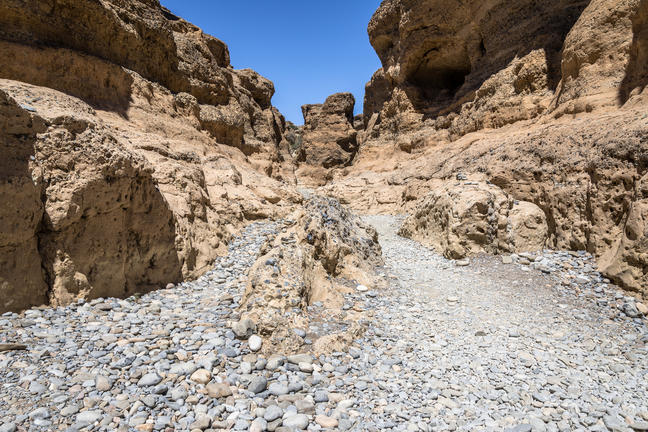
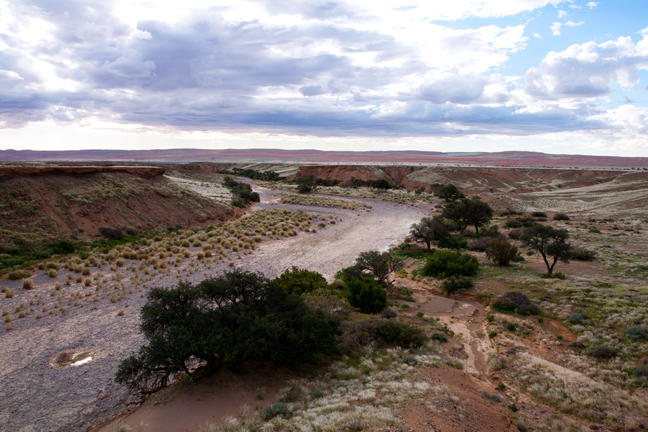
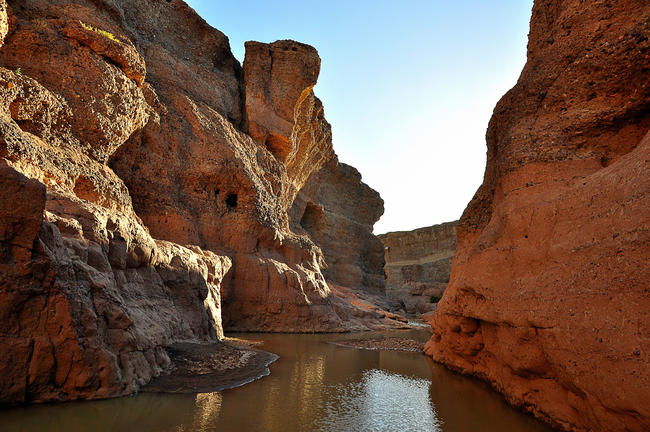
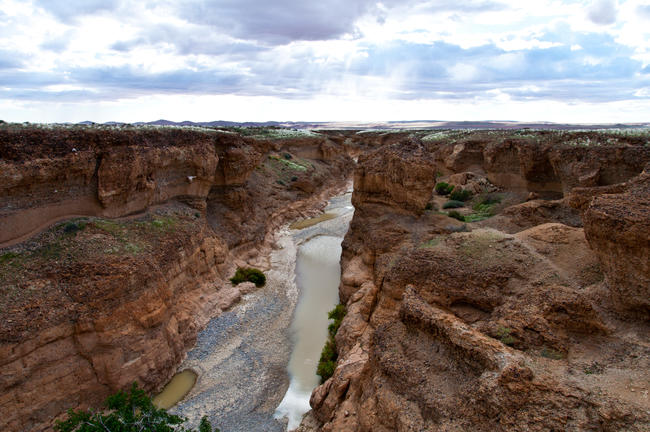
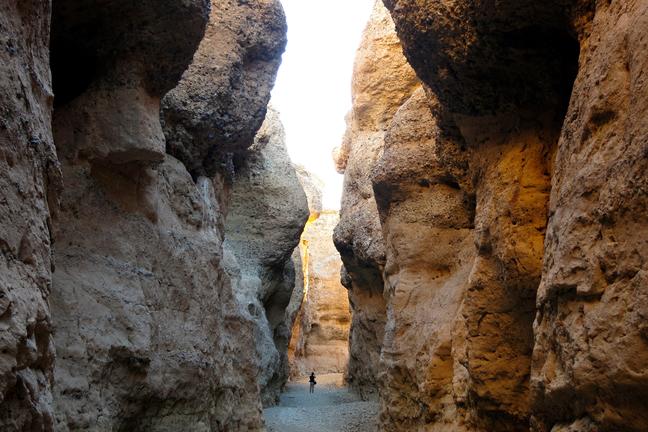
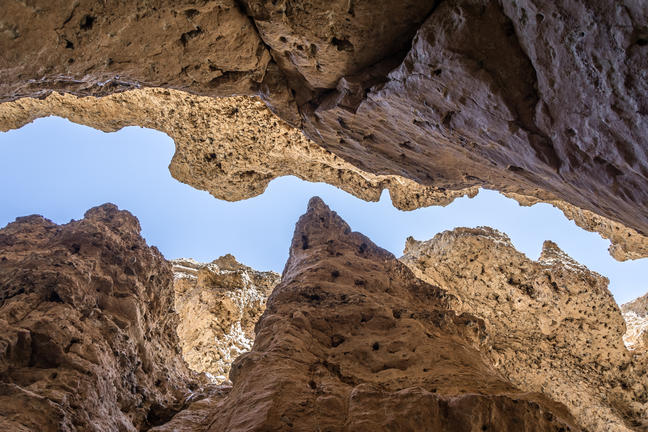
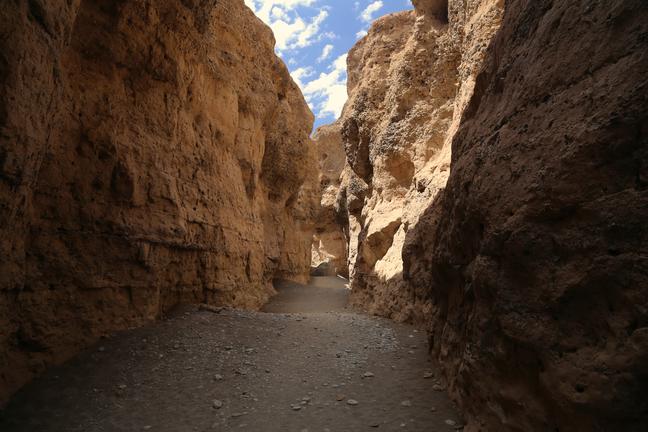
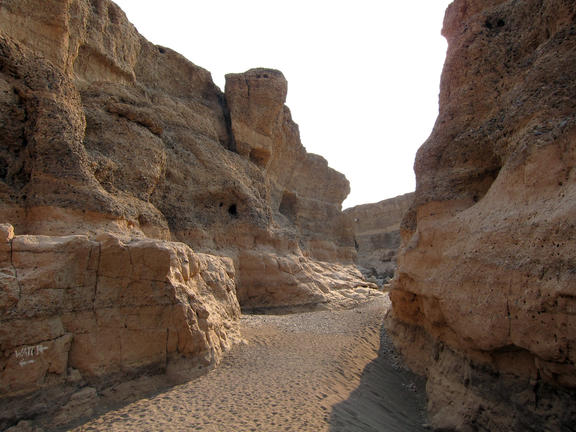
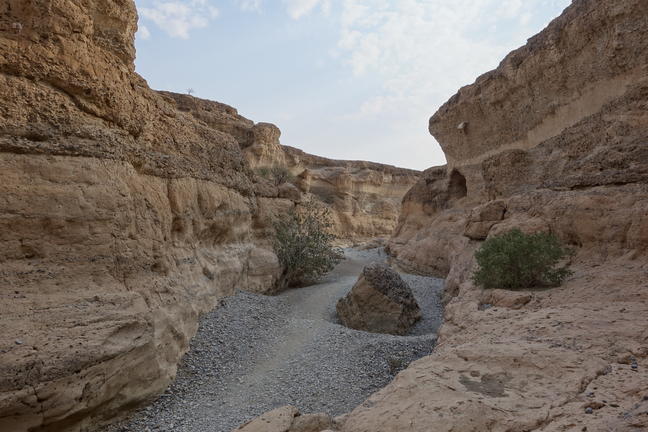
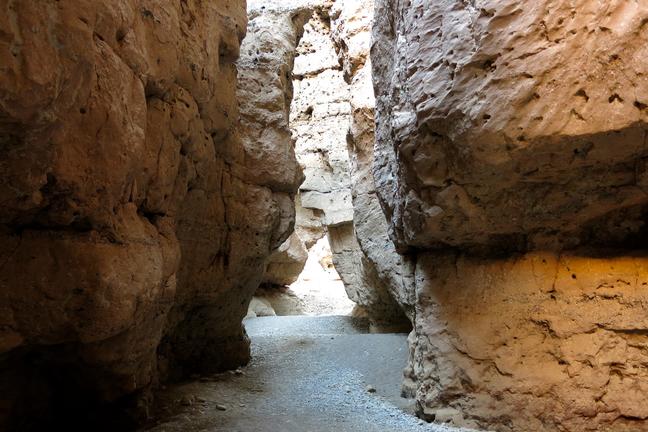
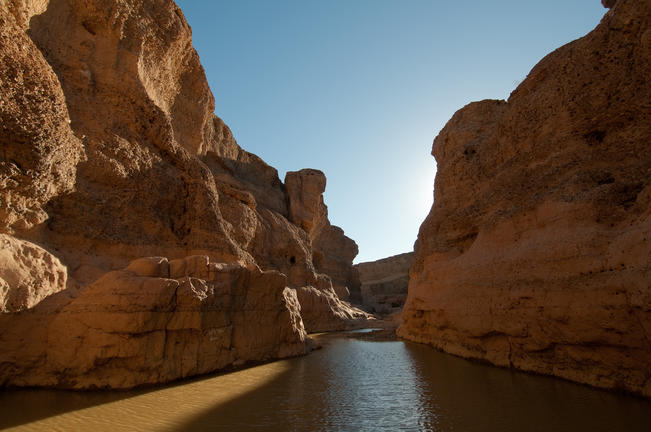
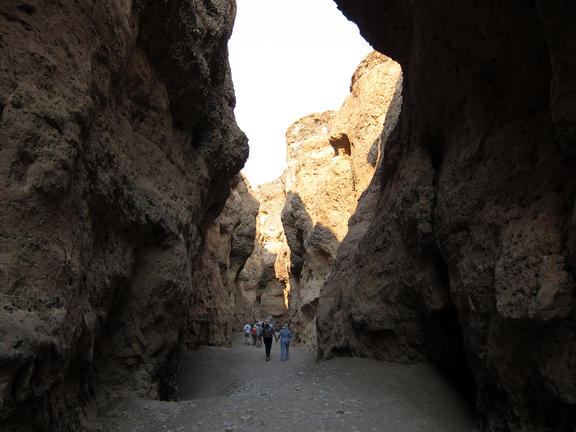
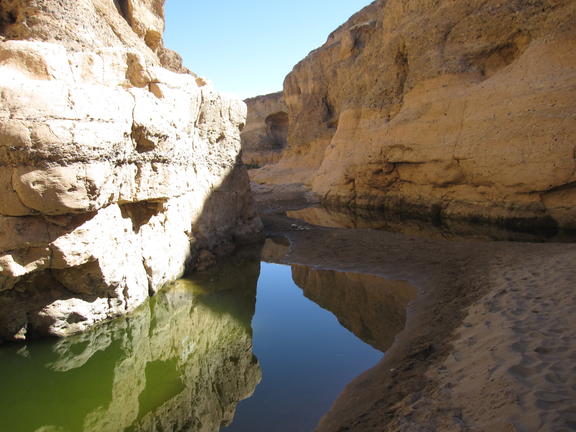
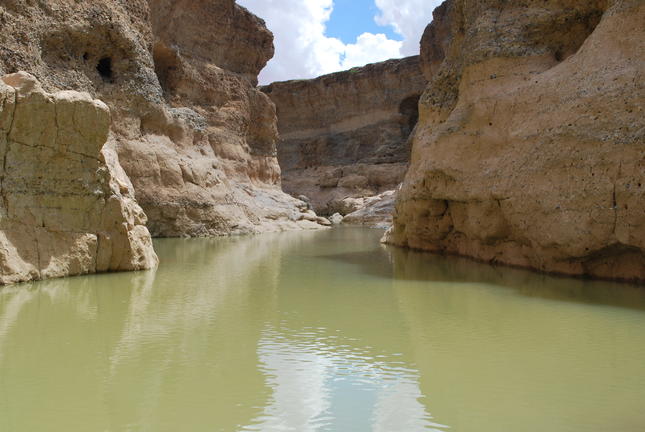
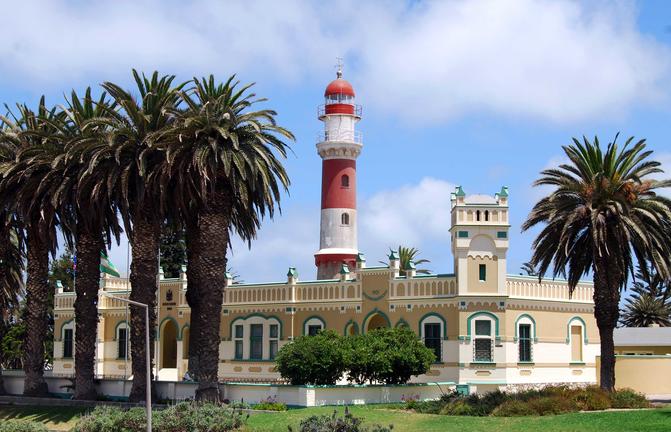
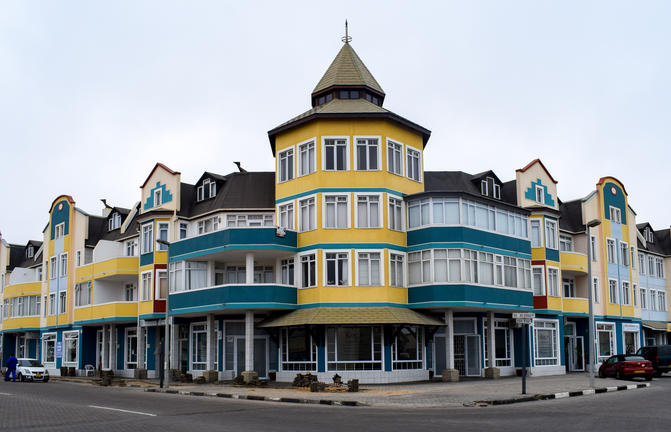
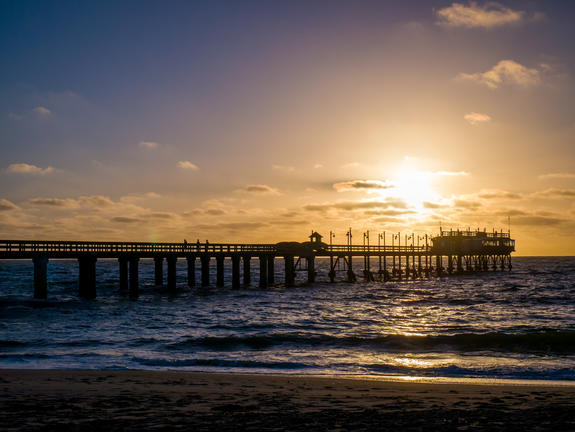
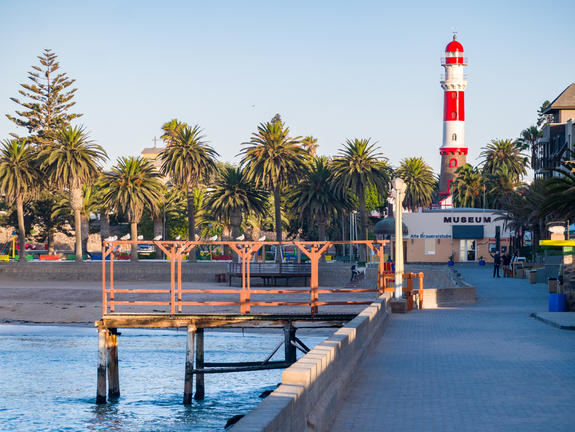
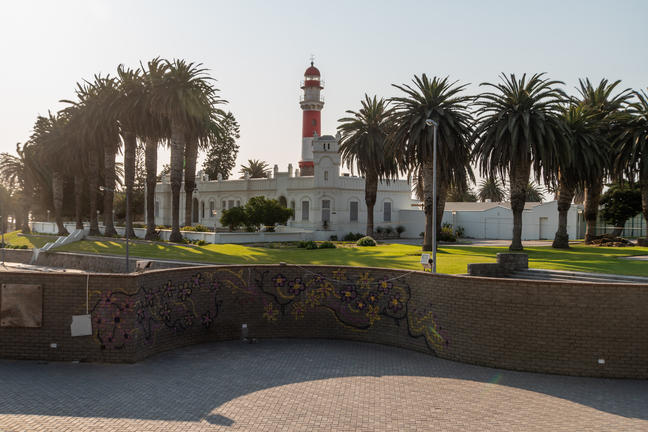
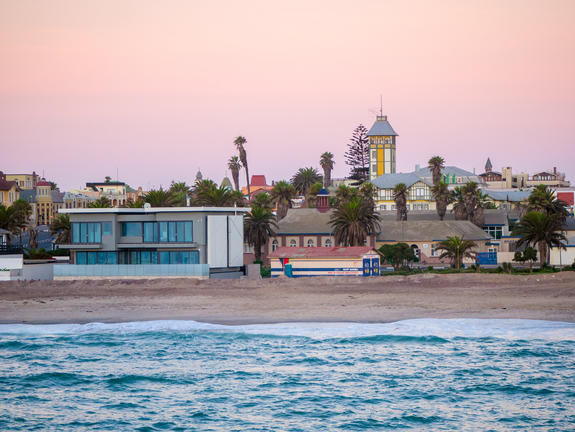
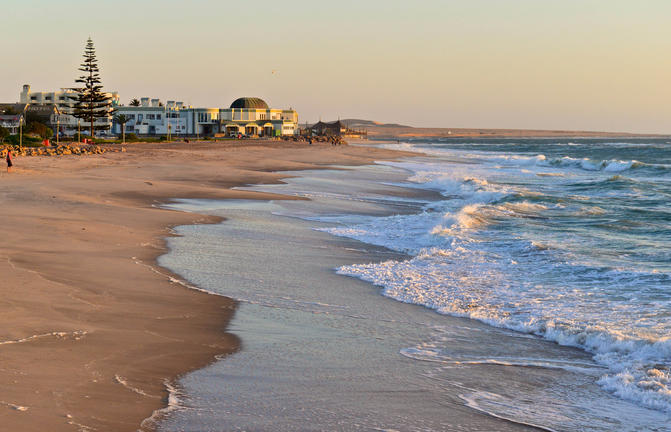
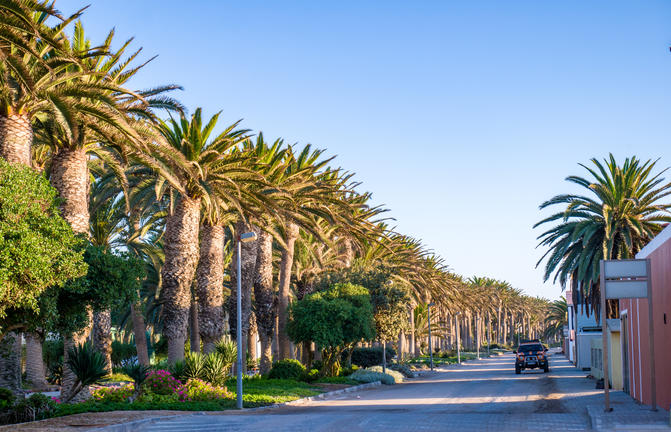
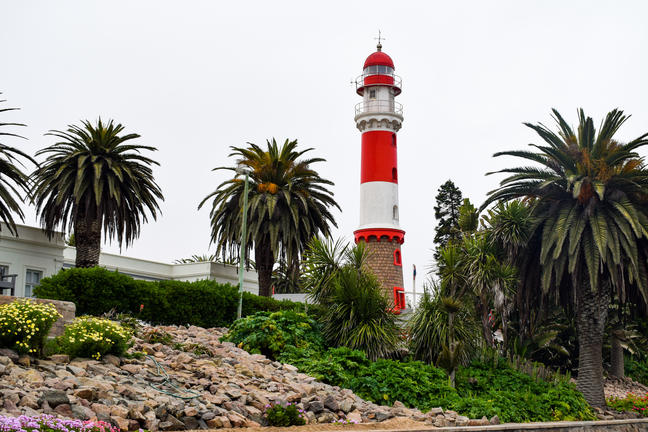
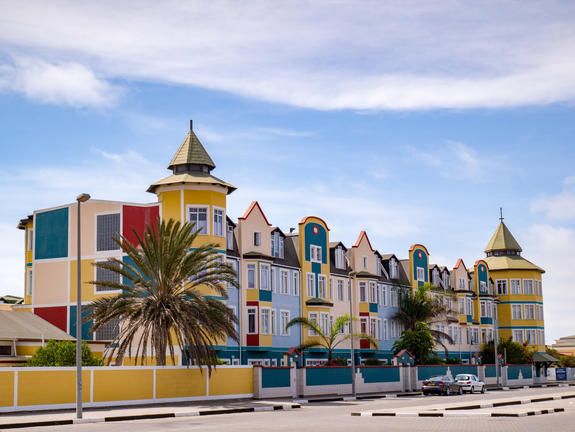
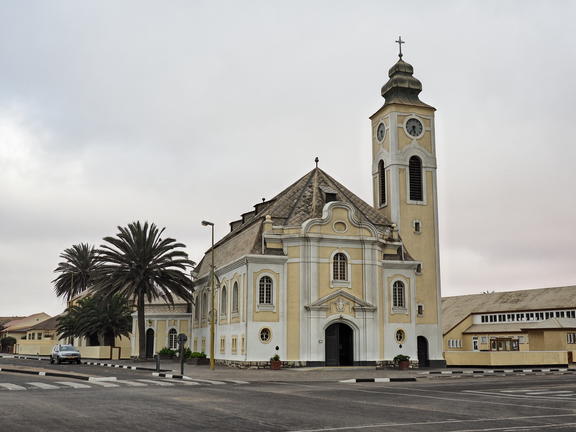
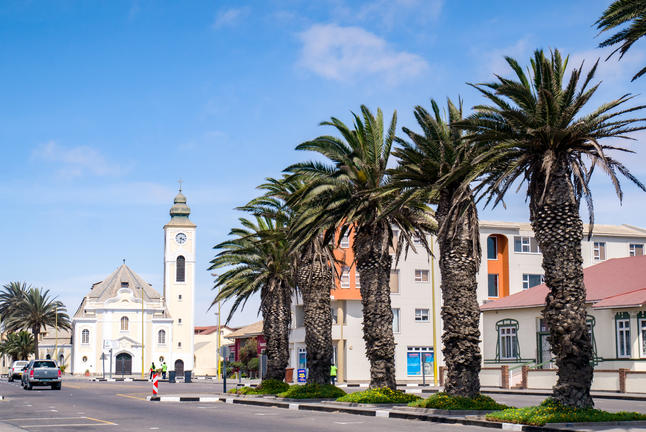
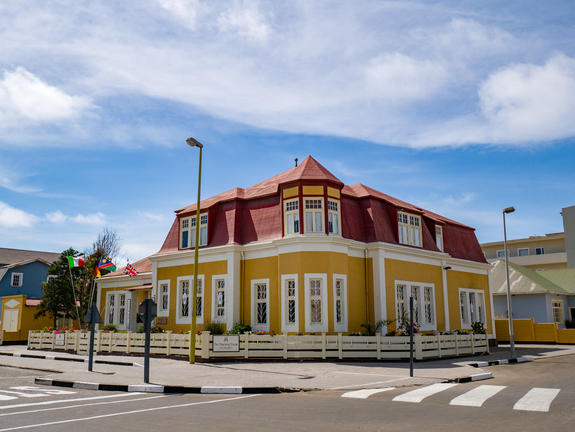
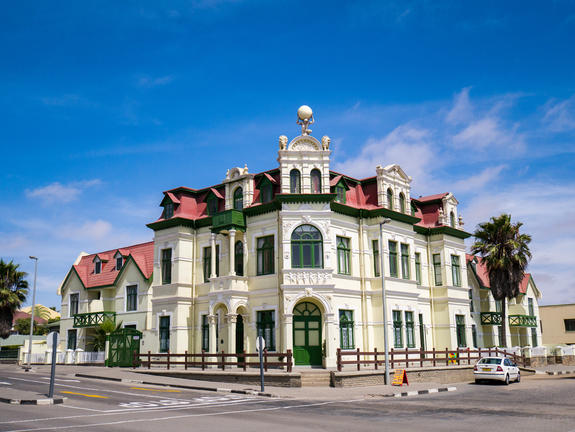
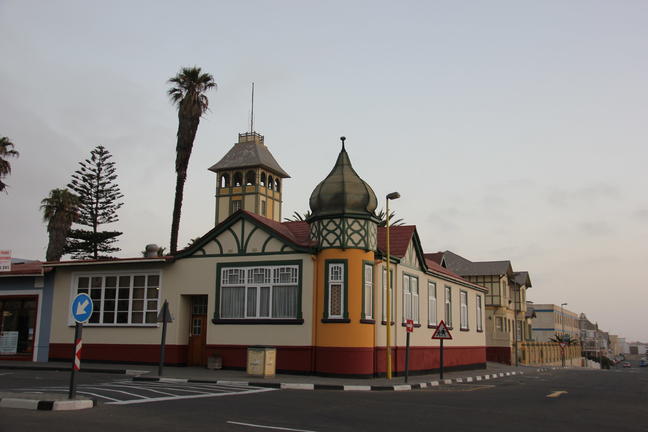
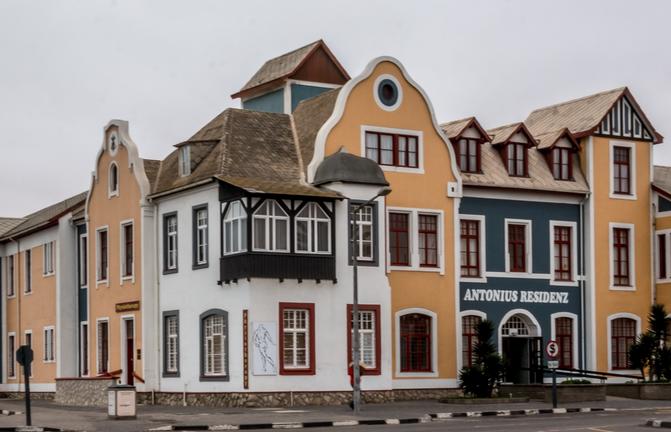
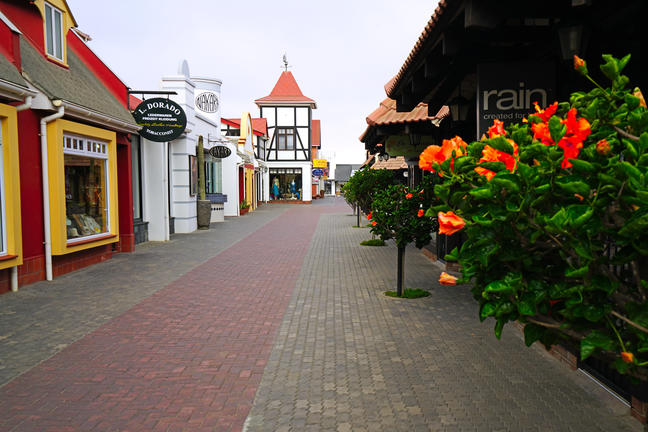
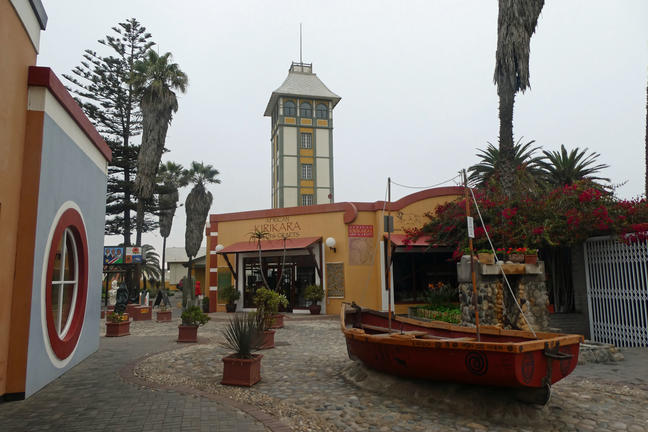
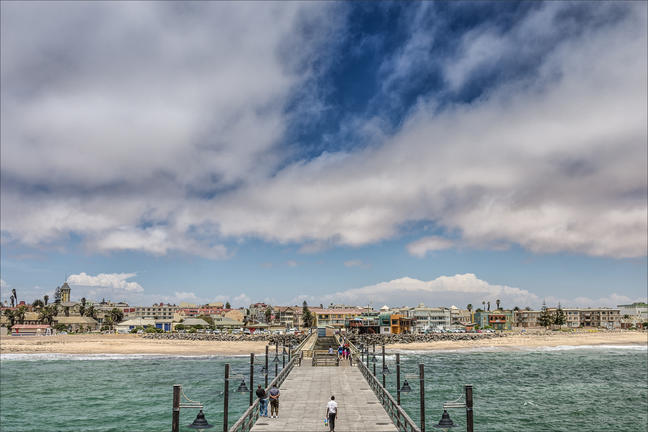
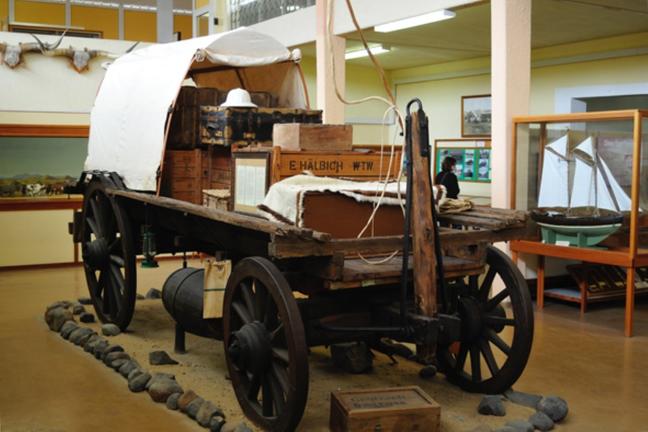
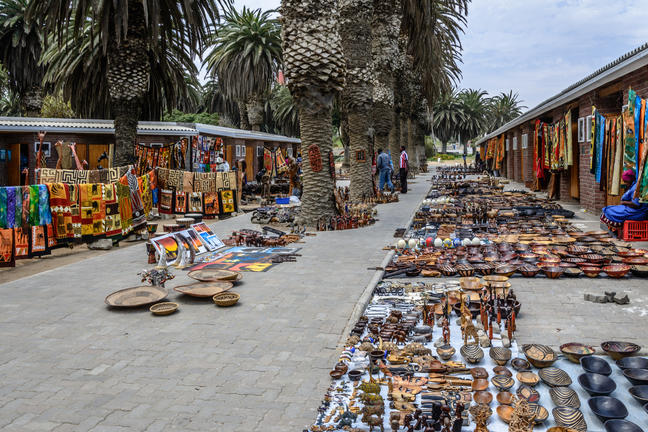
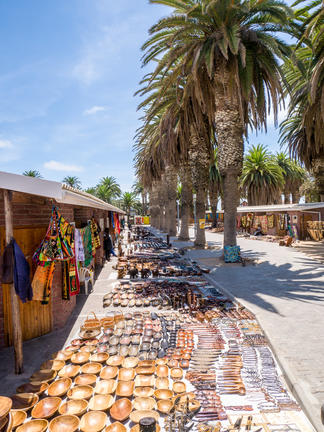
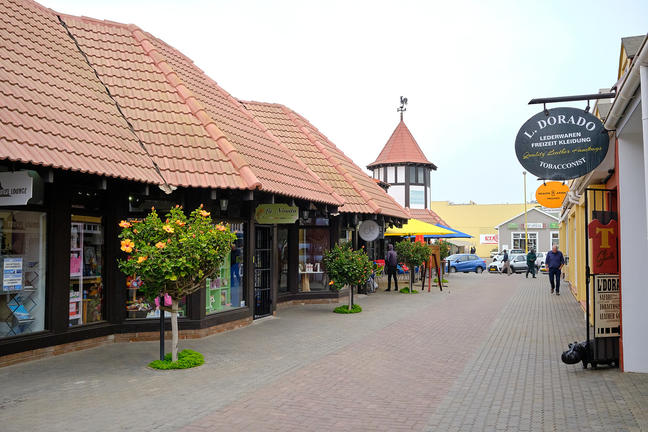
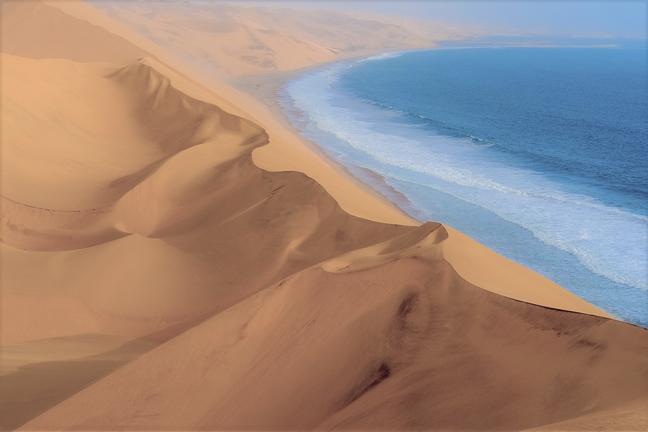
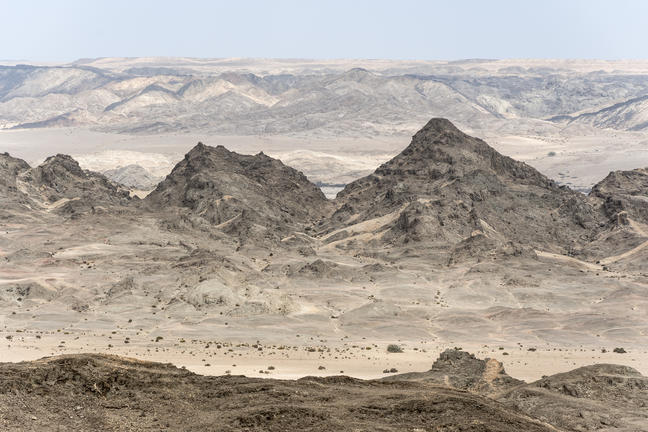
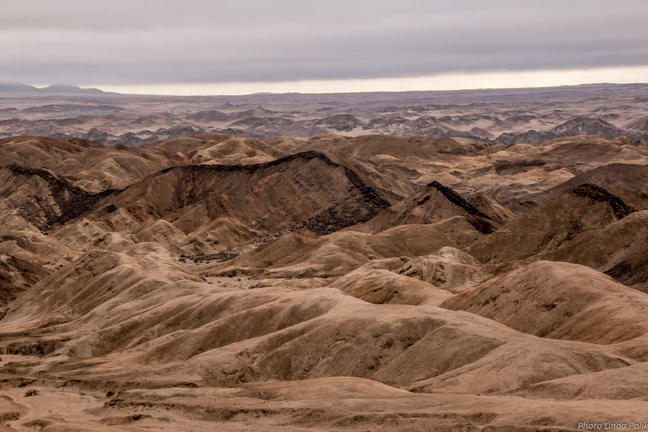
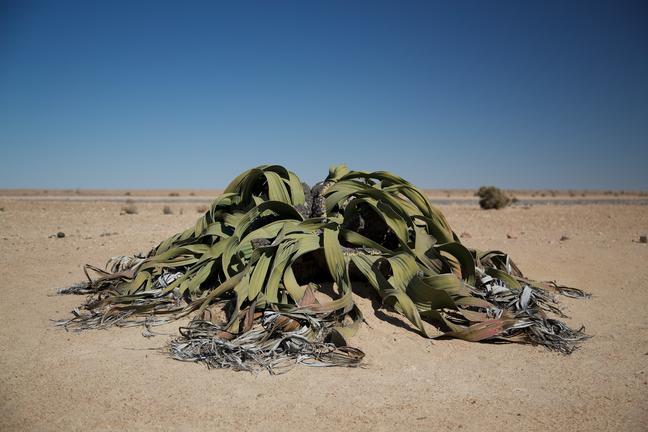
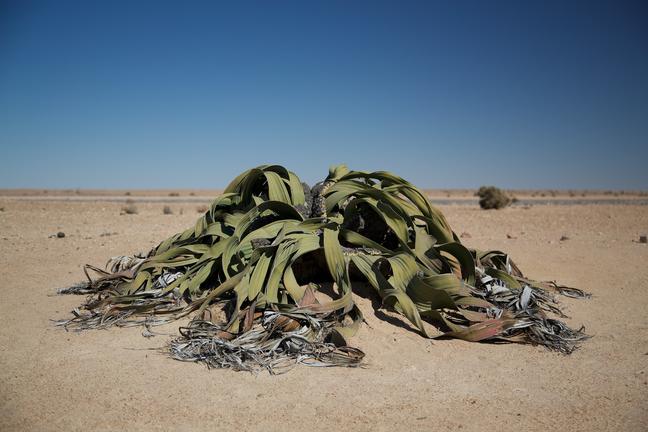
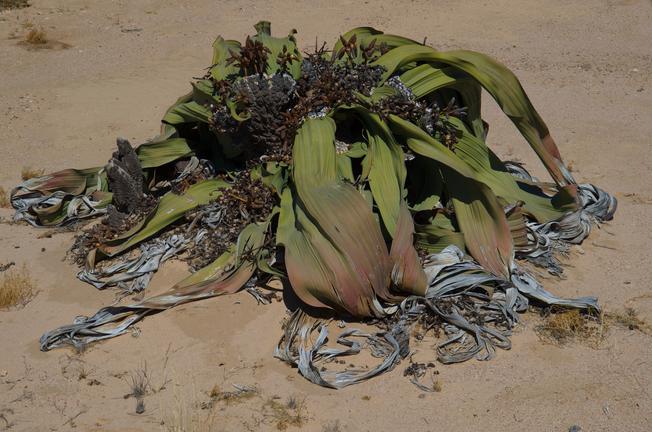
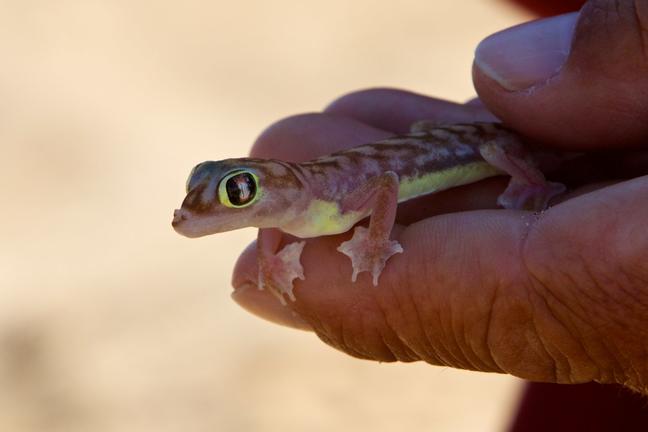
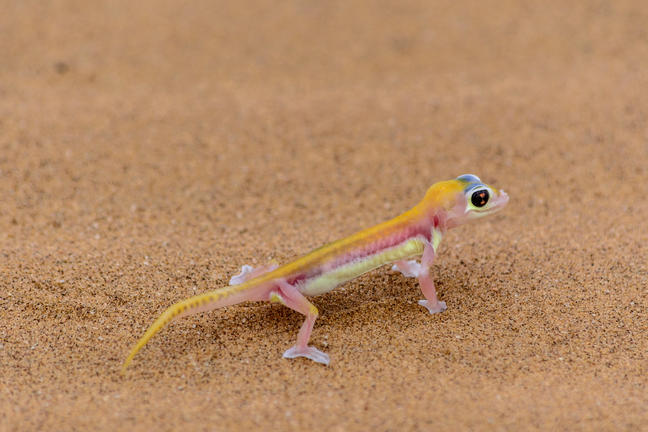
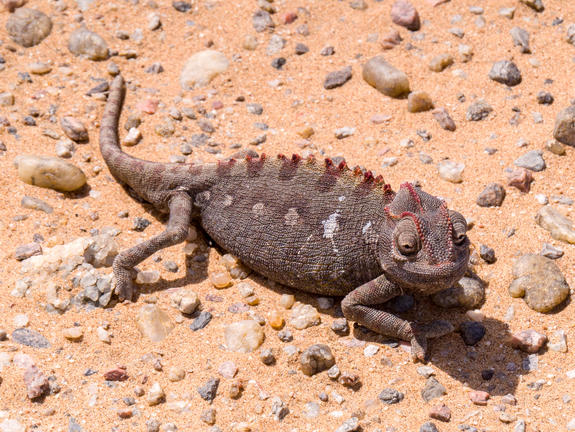
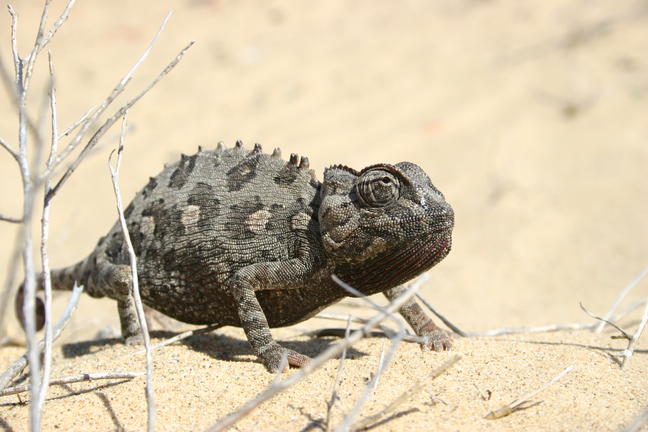
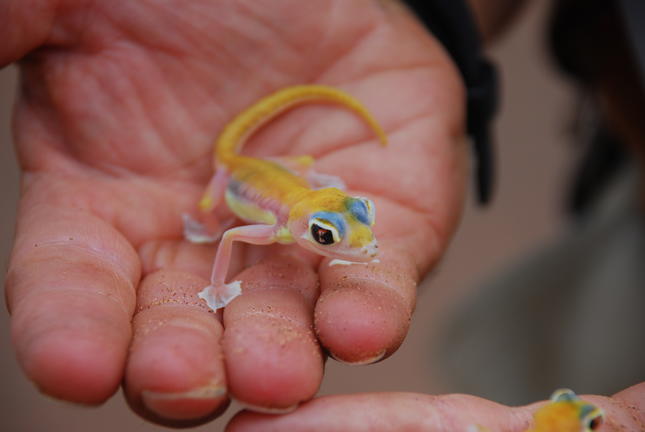
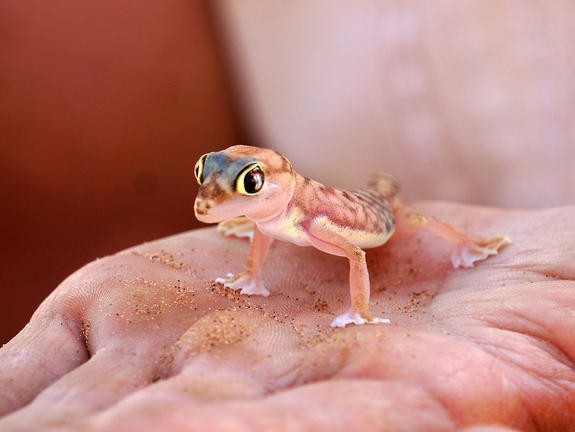
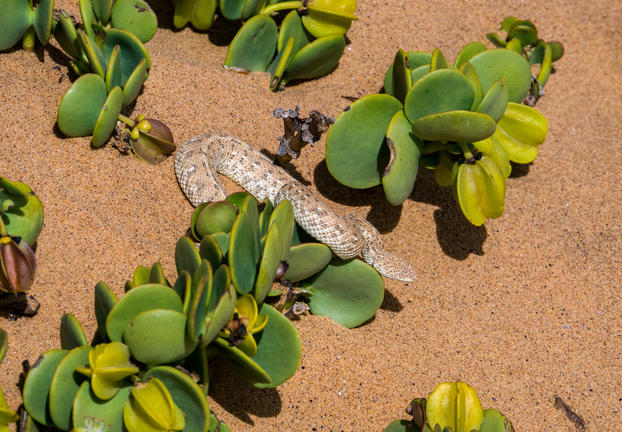
Welcome to Swakopmund, Namibia’s coastal gem where history and adventure collide in the most spectacular way! Nestled along Namibia's breathtaking coastline, this charming seaside town boasts wide-open avenues, colonial architecture, and a backdrop of otherworldly desert landscapes. Established in 1892 as the main port for German South West Africa, Swakopmund has retained a unique German flair that feels almost more authentic than Germany itself. Its quaint buildings and nostalgic charm make it feel like a step back in time.
Swakopmund's architecture, nestled between the vast desert and the rolling ocean, echoes its German colonial roots. But don’t let the historic vibe fool you—this town is alive with excitement and a relaxed beachside ambiance. Think palm trees, pleasant promenades, and gardens where the sea breeze keeps things cool and refreshing.
Today, Swakopmund is the bustling heart of Skeleton Coast tourism, and there’s no shortage of thrilling activities to dive into. Whether you're into quad biking through the dunes, horseback riding along the coast, paragliding over stunning landscapes, or casting a line in the ocean, Swakopmund has got you covered. For those who prefer exploring, the fascinating desert tours offer a unique look at the region’s natural wonders.
Gear up for a thrilling experience in the vibrant town of Swakopmund, for a mix of history, adventure, and laid-back charm in Swakopmund—where every corner promises a new discovery!
Step into the wonders of Twyfelfontein, a captivating treasure nestled in the Kunene Region of north-western Namibia, where you can explore a blend of stunning rock art and breathtaking landscapes. This stunning destination is renowned for its awe-inspiring rock art, boasting one of Africa's largest and most significant concentrations of ancient carvings and paintings. The name 'Twyfelfontein,' meaning 'Fountain of Doubt,' pays homage to the perennial spring that has been a lifeline for millennia, nestled in the dramatic Huab Valley beneath the towering slopes of a sandstone table mountain.
Imagine this: Over six thousand years ago, Stone Age hunters were drawn to this very spring, leaving behind a mesmerizing gallery of rock engravings and vibrant paintings that still captivate visitors today. As you explore this ancient artistic wonderland, you'll be enchanted by over thirty sacred ritual sites that offer a glimpse into the lives of traditional hunter-gatherer communities.
Whether you choose to stay at the picturesque, shady campsites along the Aba-Huab riverbed or indulge in the comfort of beautiful lodges nestled in the heart of Damaraland, Twyfelfontein offers a range of accommodation options to suit your adventure. From marveling at the intricate rock art to soaking up the serene environment, Twyfelfontein promises an unforgettable adventure that bridges the ancient past with the stunning present.
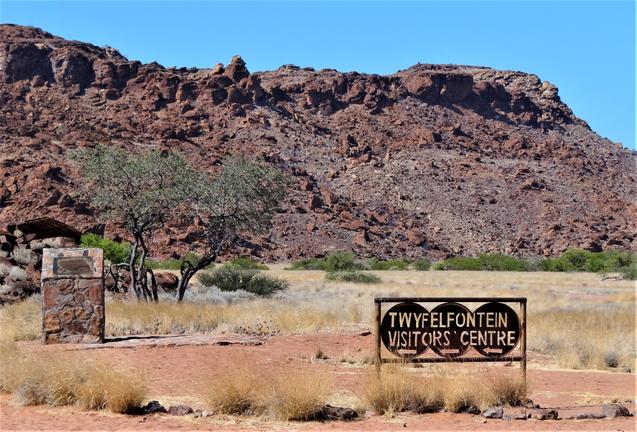
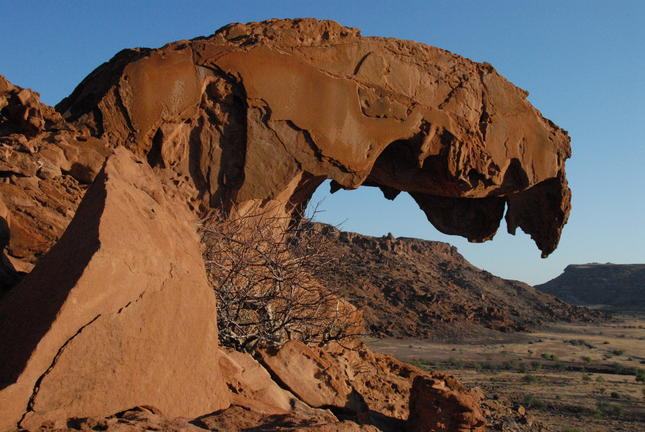
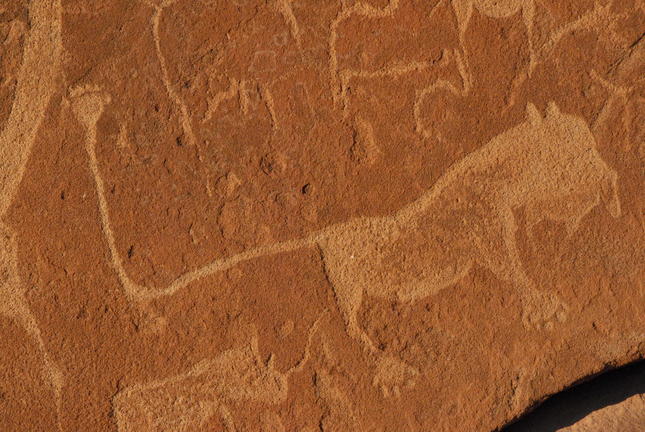
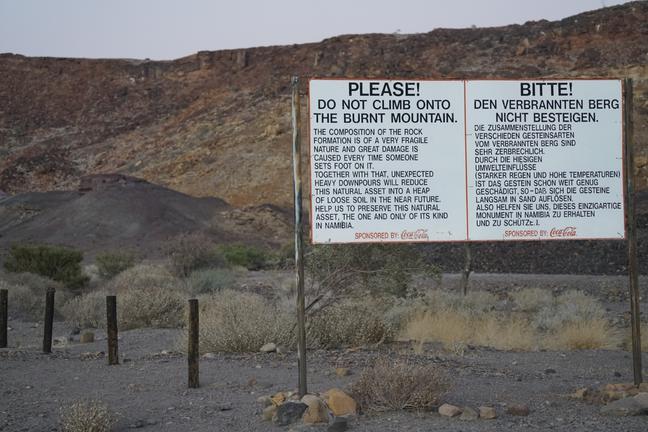
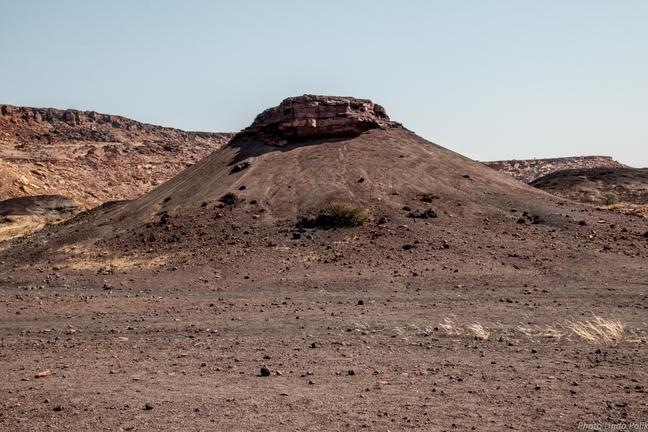
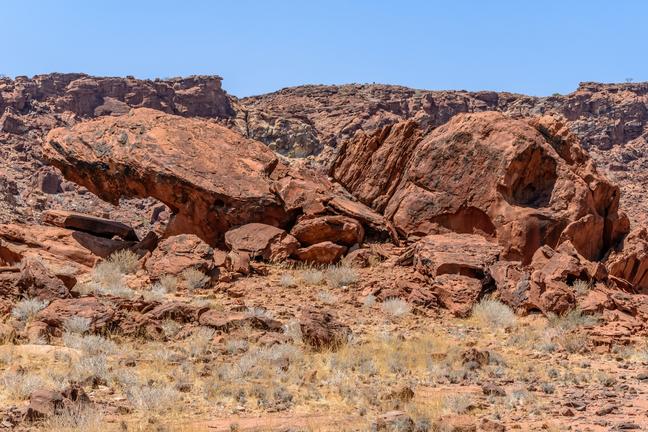
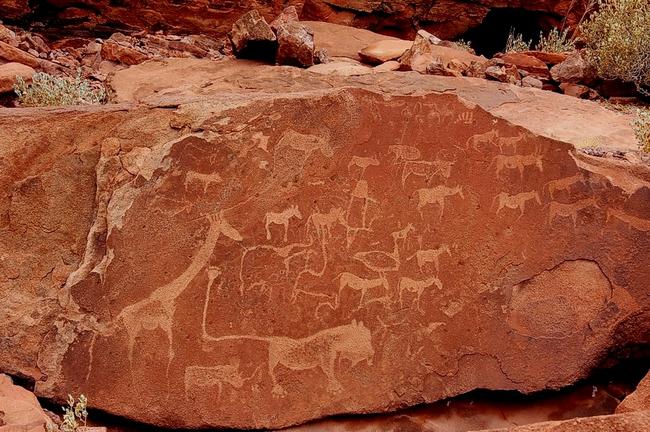
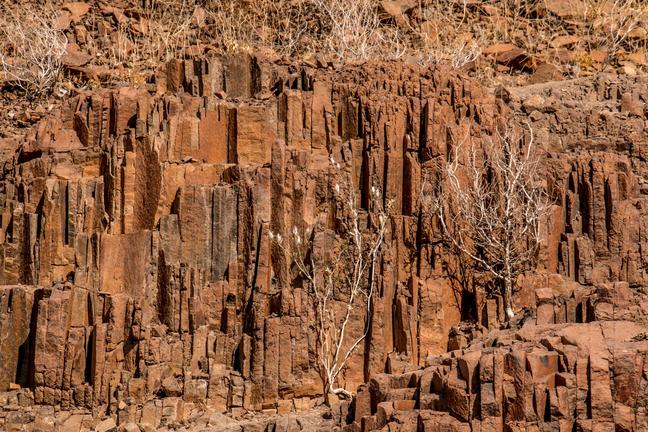
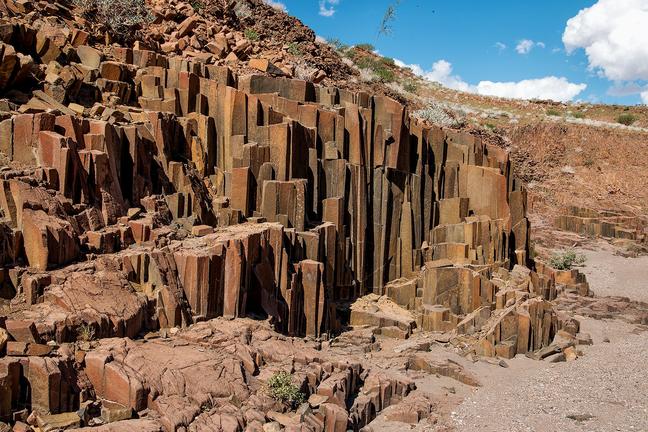
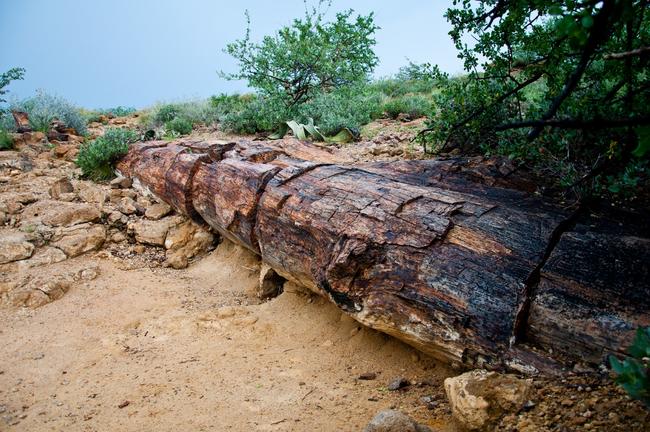
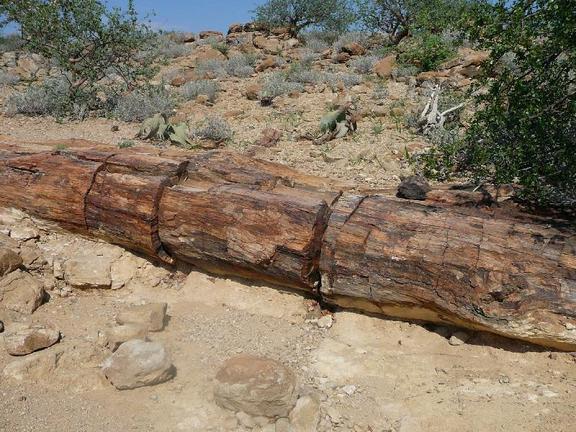
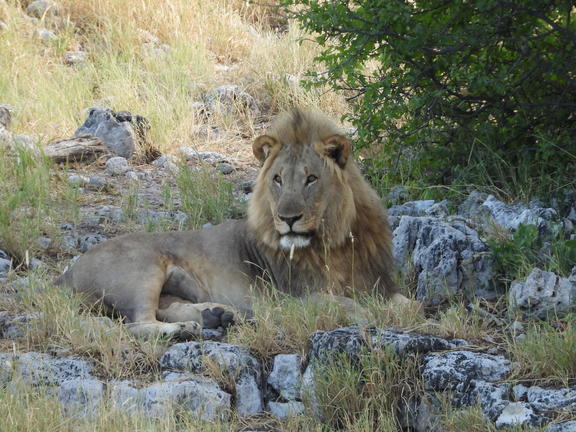
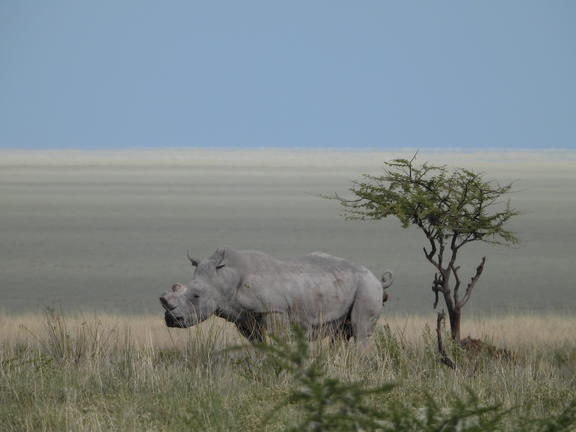
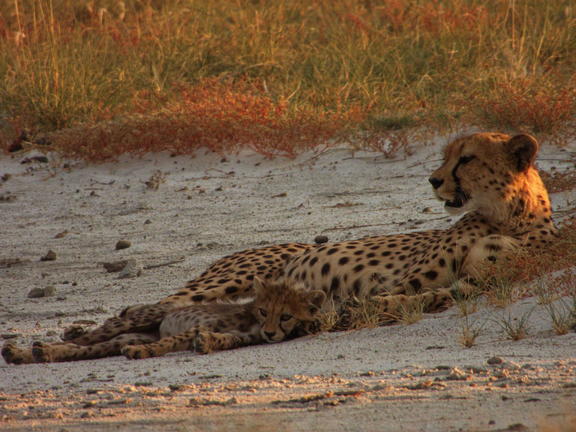
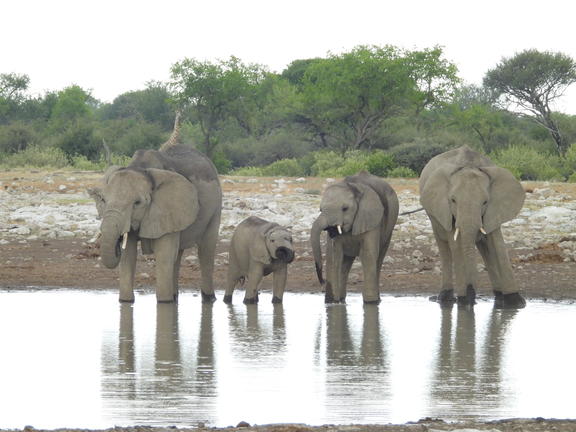
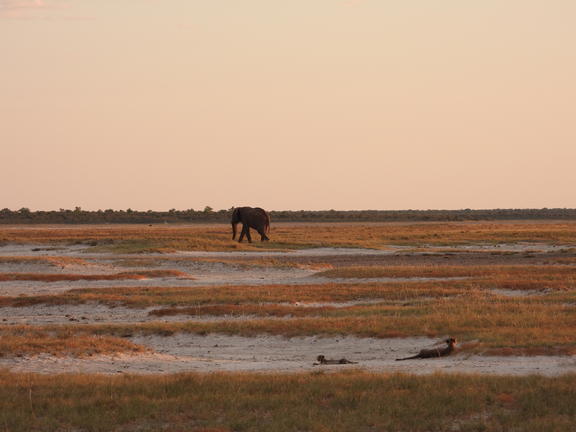
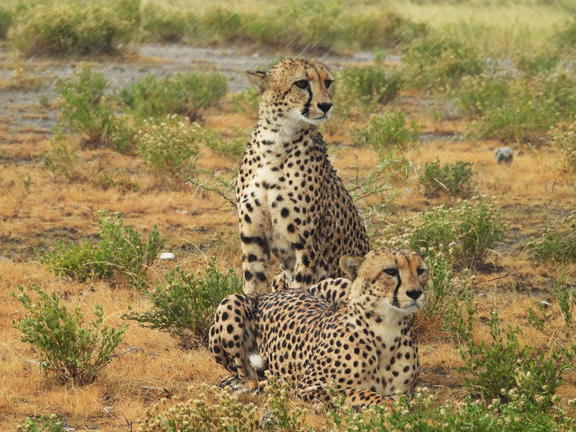
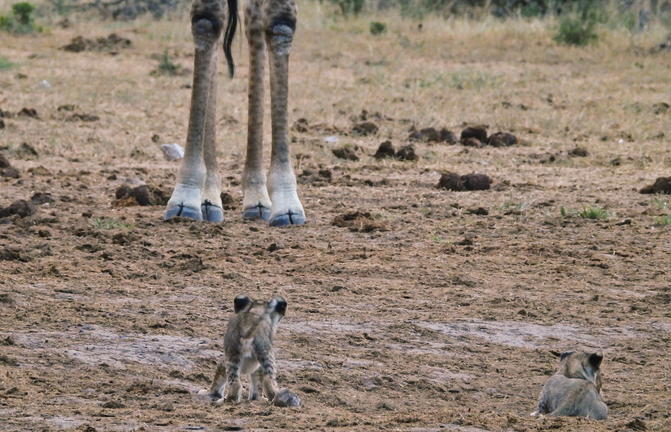
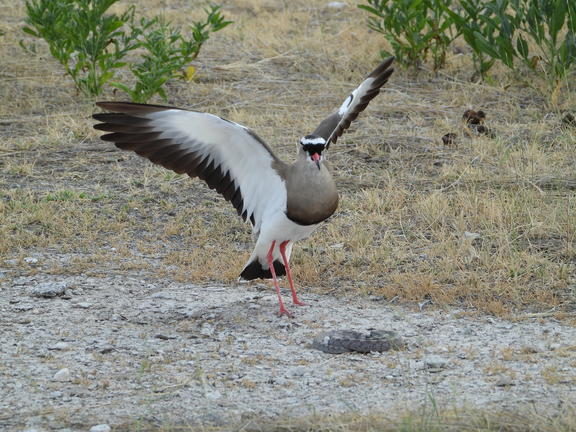
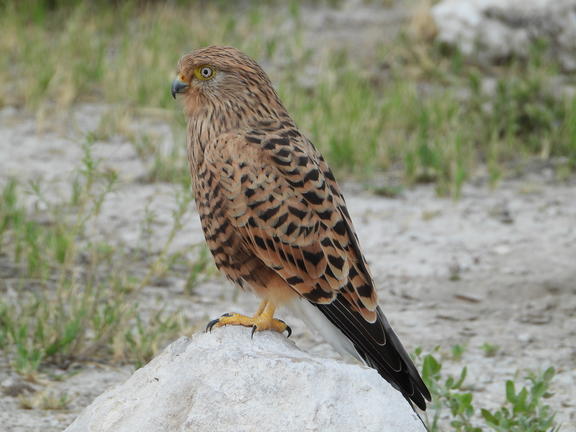
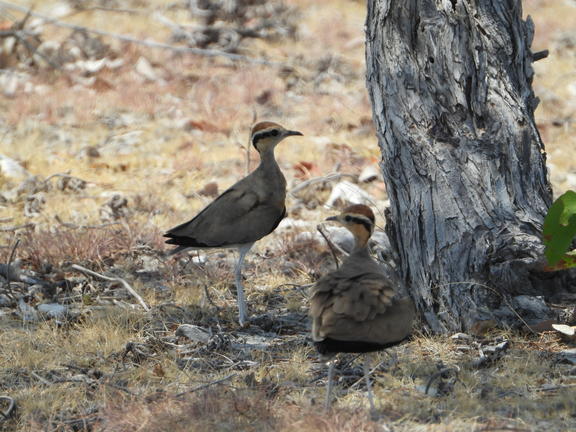
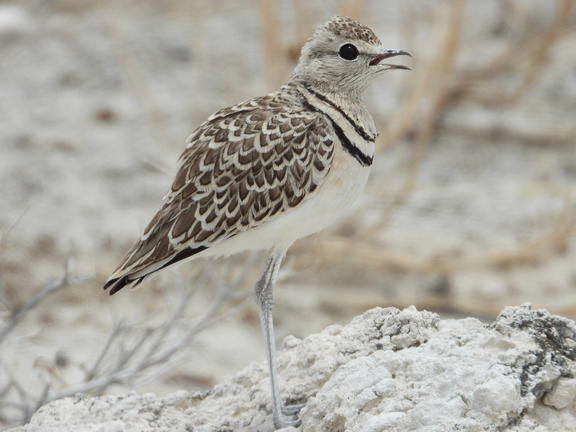
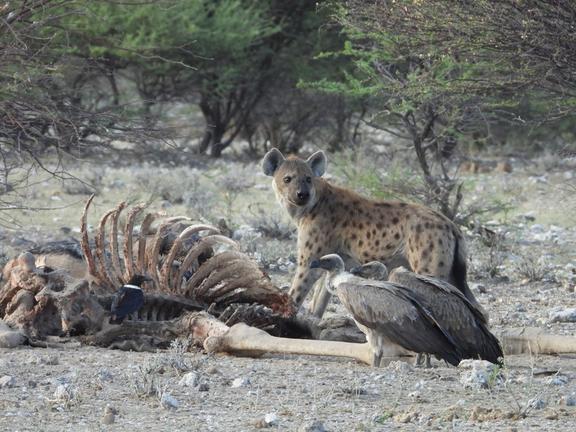
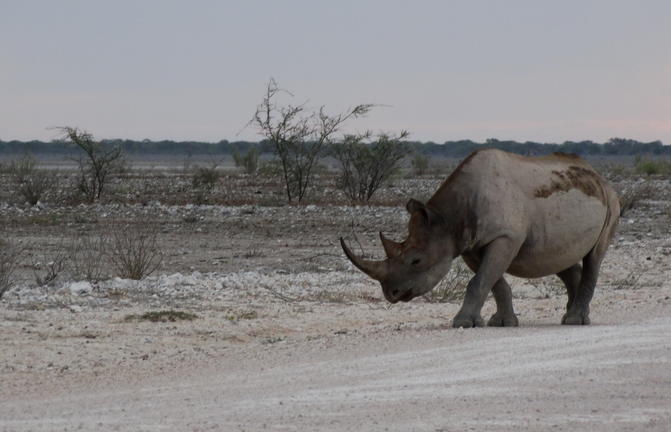
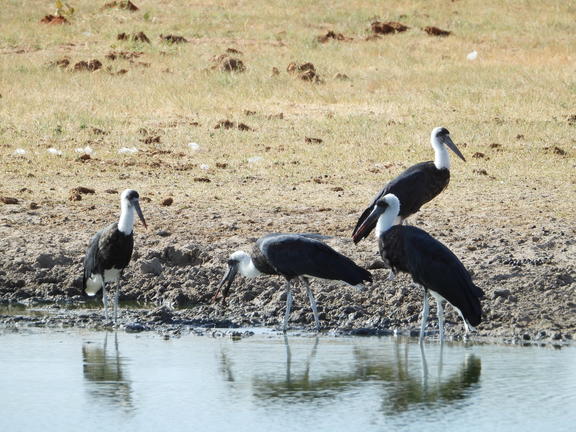
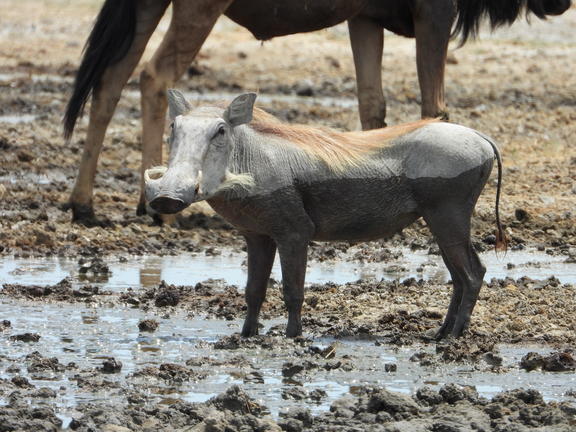
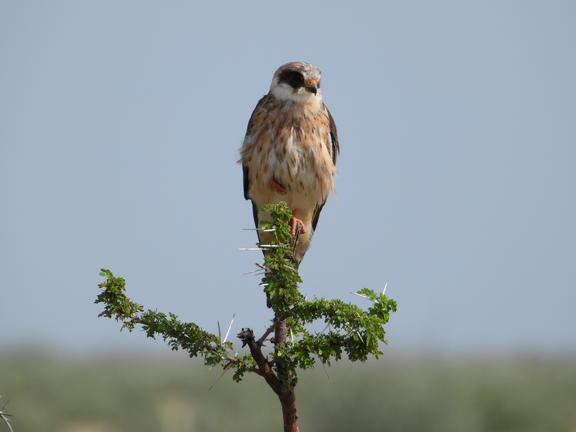
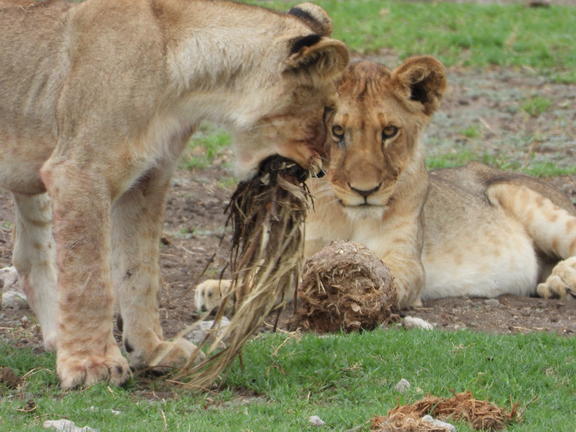
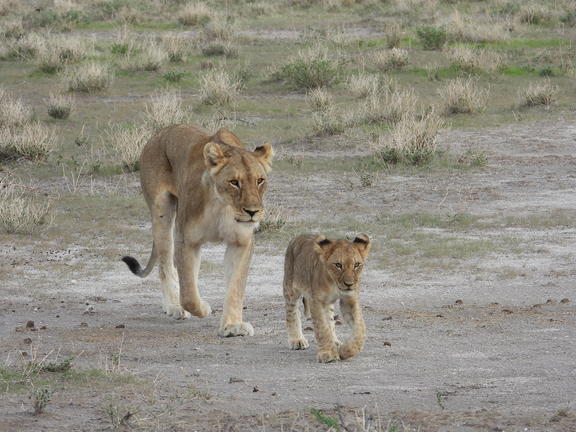
Situated in the western part of Etosha National park, a world-famous wildlife sanctuary in the northwestern part of Namibia, Etosha West is the wilder western region accessed through Galton Gate. Visitors to Etosha West can look forward to exploring the magnificent scenery of this remote north Namibian landscape characterised by lush undulating terrain and a reddish-brown soil, which is a stark contrast to the white dusty clay soil of Etosha East’s flat expansive plains. This area is home to several species not found in the rest of the park: baboons, Mountain Zebra, and Brown Hyena, as well as several unique plants. The area also boasts numerous waterholes attracting elephant, rhino, leopard, lion, a variety of buck, and around 300 bird species.
One of the largest and oldest national parks in Africa, Etosha National Park is Namibia’s premier tourist destination and a true showcase of the country’s wildlife. The park is home to 114 species of large and small mammals, over 400 recorded bird species, numerous reptiles, and even a unique species of fish, making it a haven for wildlife enthusiasts. Although its boundaries have been reduced since it was first proclaimed in 1907, Etosha still covers an area larger than several European countries, underscoring its immense scale and ecological significance.
The name “Etosha” originates from the Oshindonga word Etotha, meaning “the place where no plants grow.” Early European traders, finding the original pronunciation challenging, adopted the name “Etosha.” The pan itself was once part of the vast Lake Kunene, fed by the Kunene River, which dried up long ago, leaving the spectacular salt pans that define the park today. Fossils recently unearthed — including those of marsh-dwelling antelopes such as sitatunga, lechwe, and tsessebe, as well as a 90-centimeter-long catfish — reveal that this region once experienced much wetter conditions.
Etosha has earned a global reputation for its conservation efforts, particularly for the black rhinoceros, while white rhinos have been successfully reintroduced in recent years. The park has also been instrumental in the recovery of the endemic black-faced impala, further highlighting its critical role in preserving Namibia’s unique biodiversity. Its Etosha Ecological Research Institute continues to attract scientists from around the world, making the park not only a destination for travelers but also a center of important ecological research.
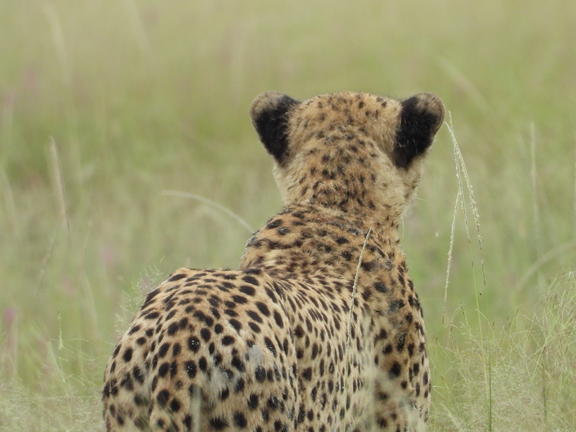
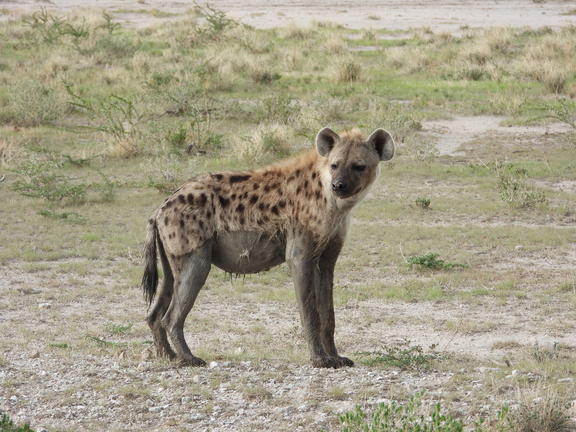
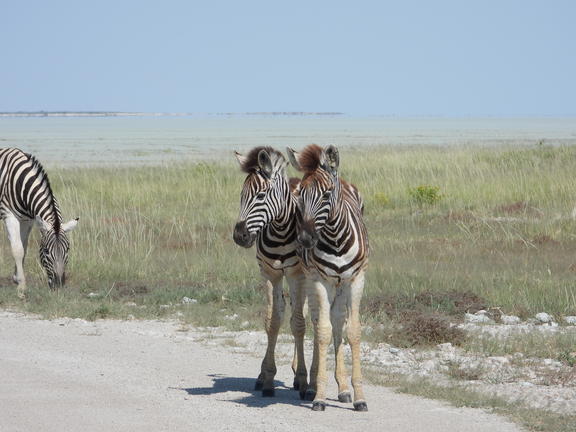
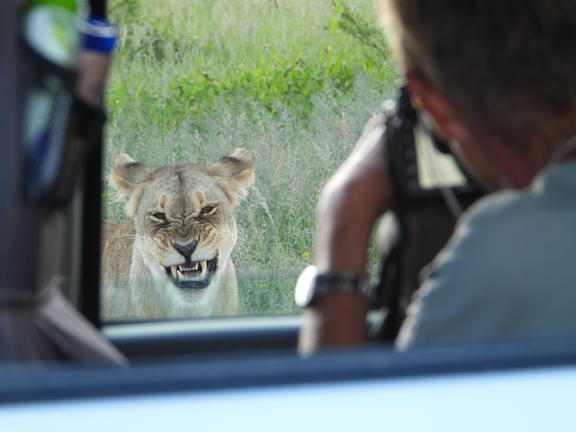
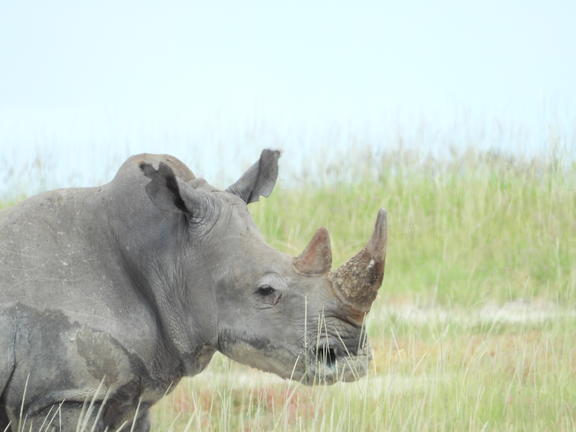
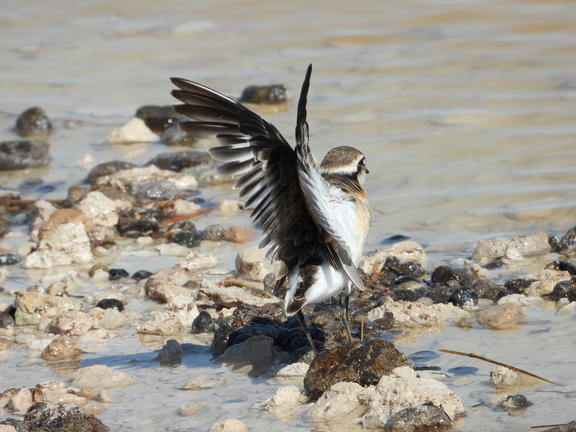
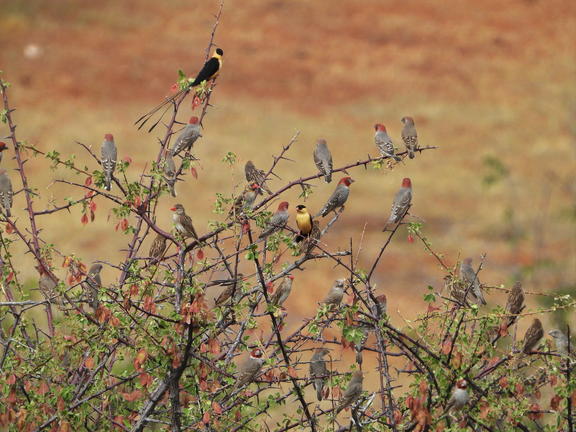
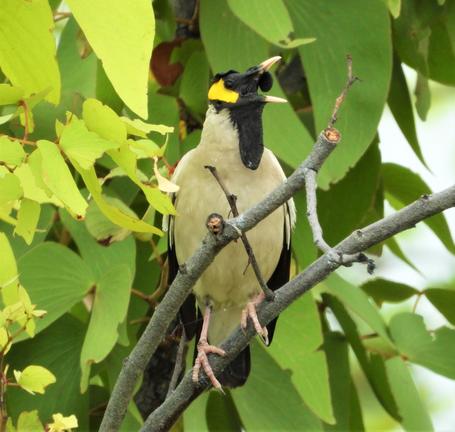
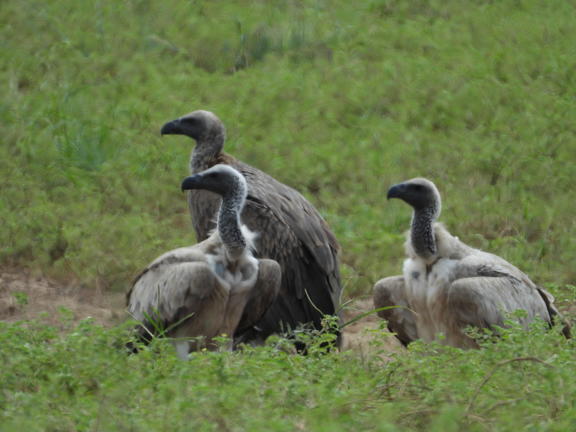
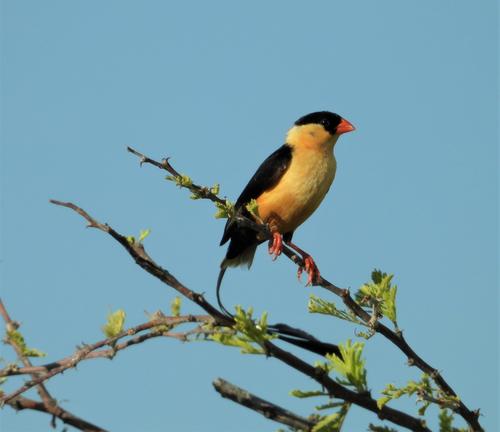
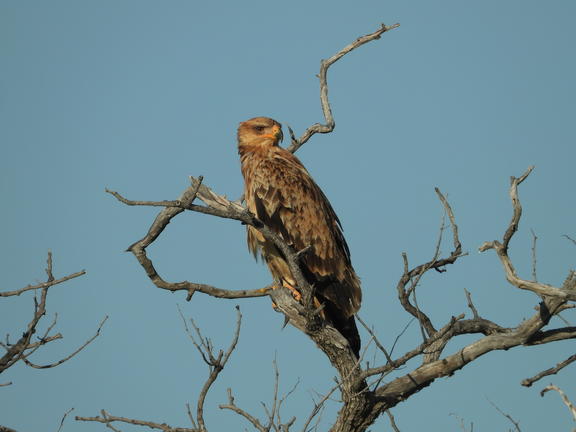
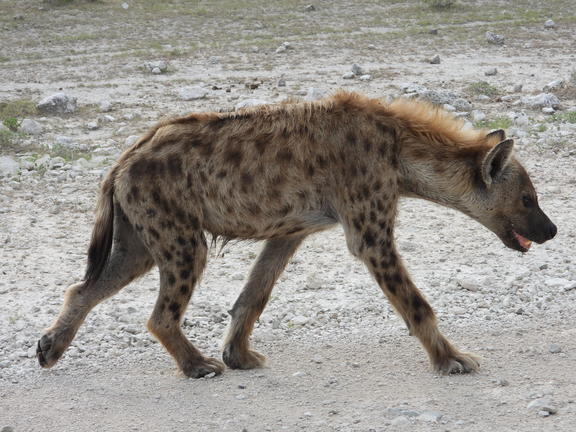
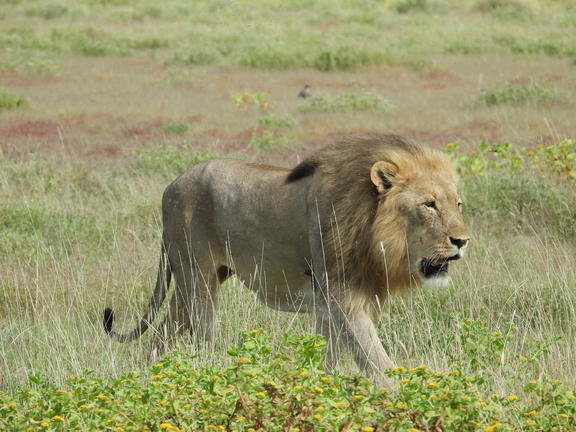
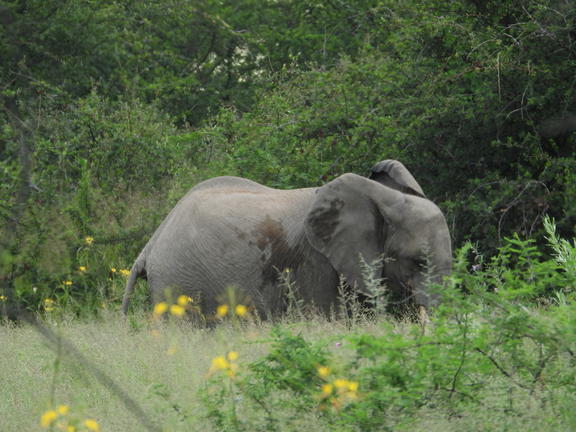
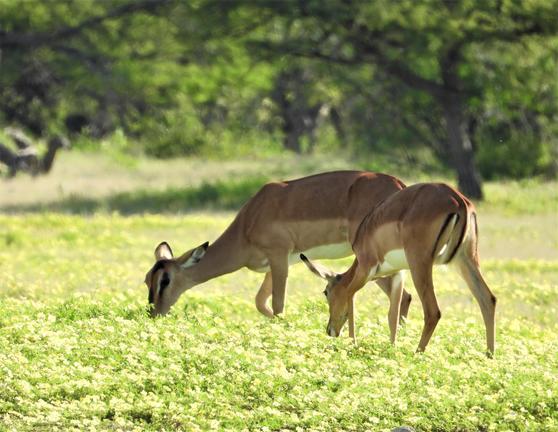
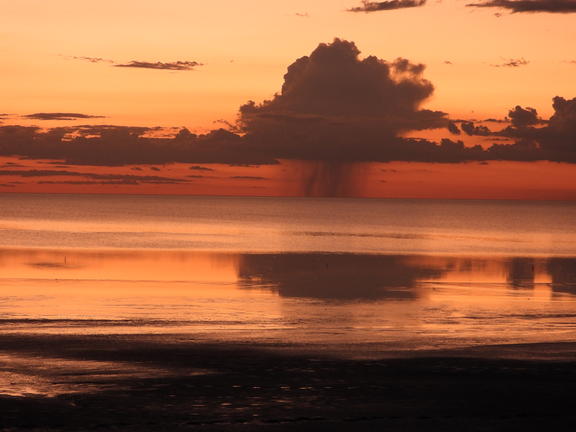
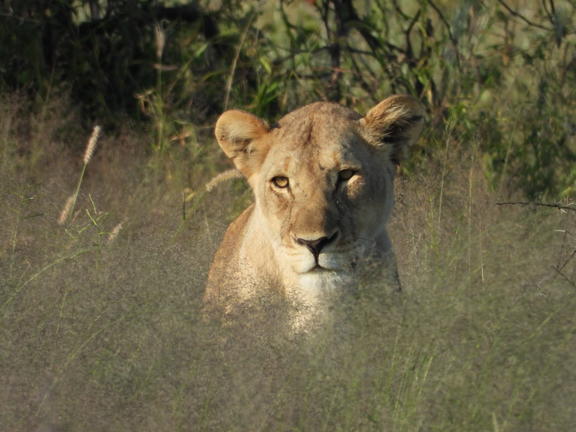
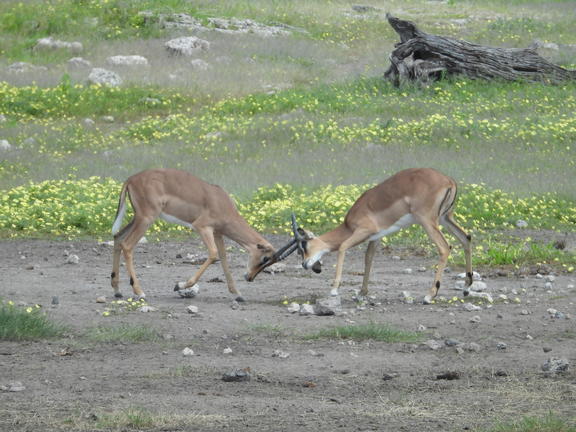
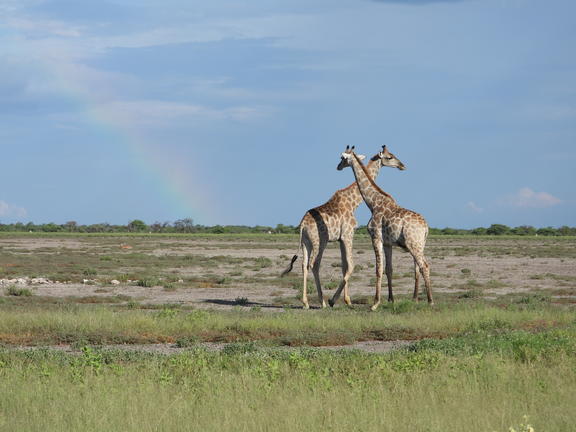
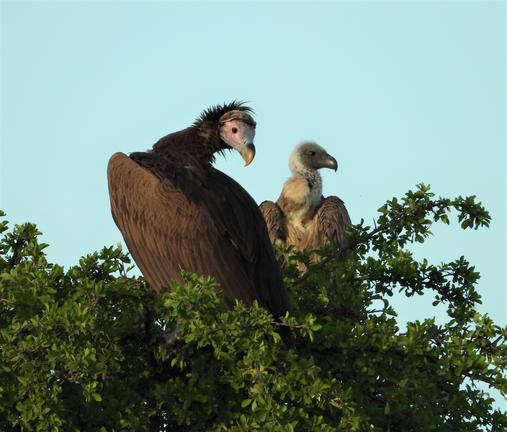
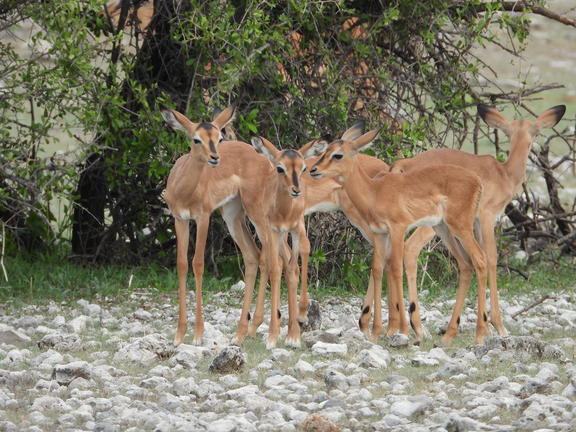
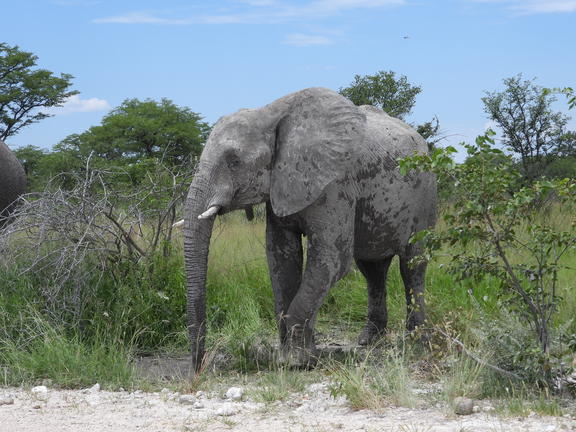
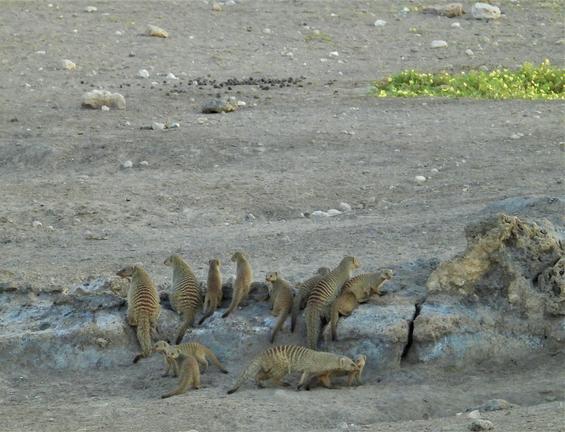
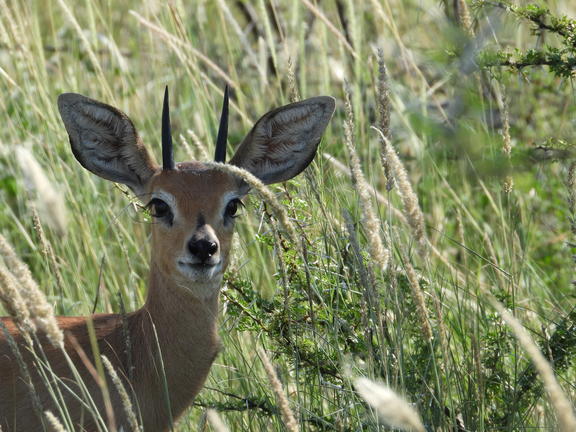
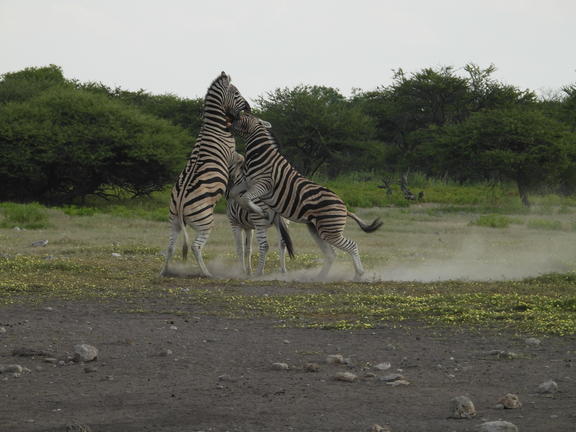
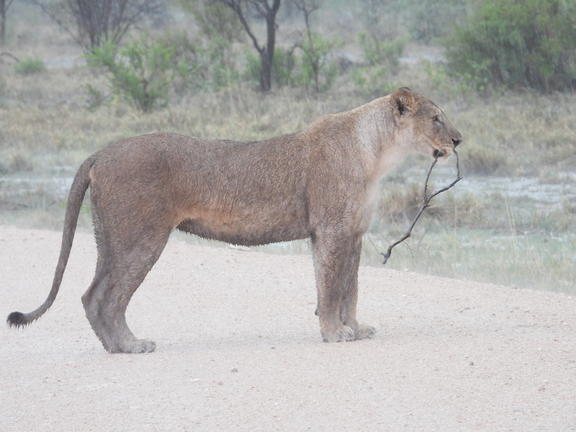
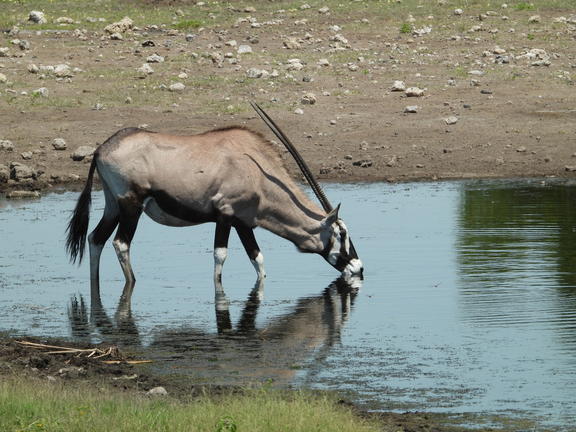
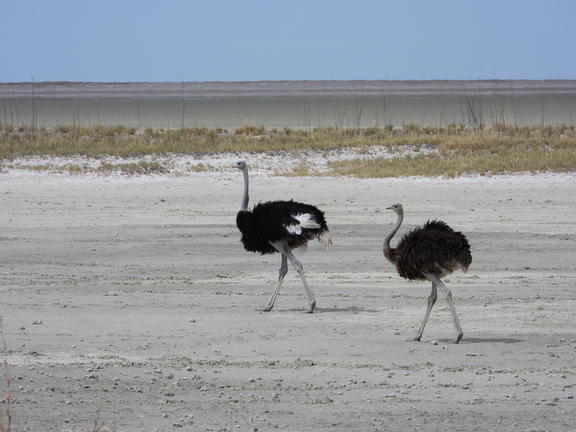
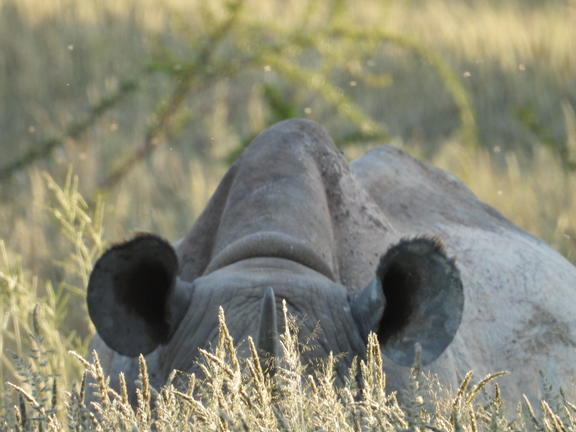
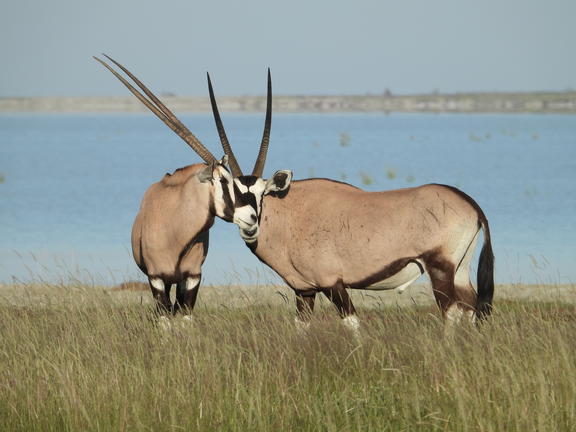
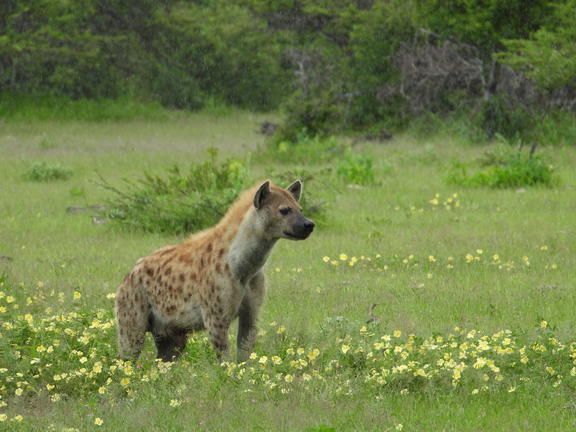
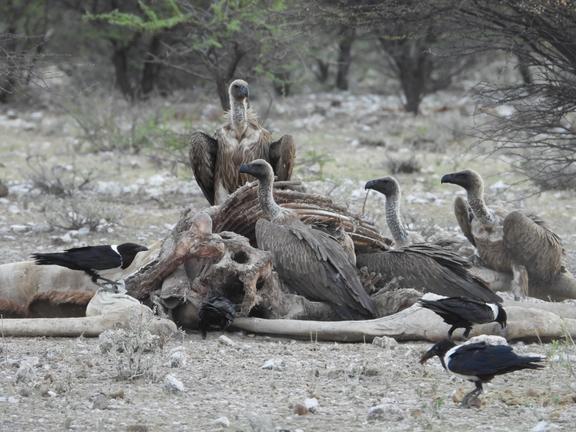
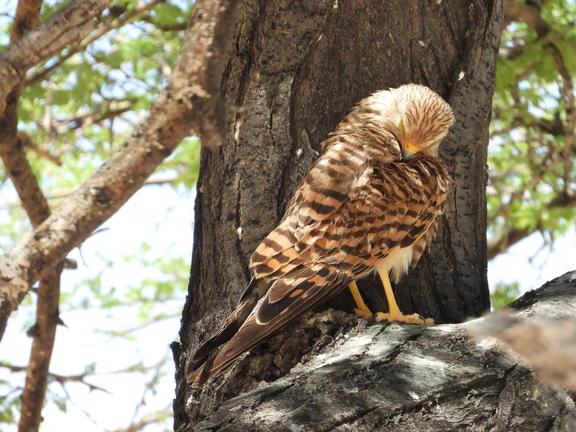
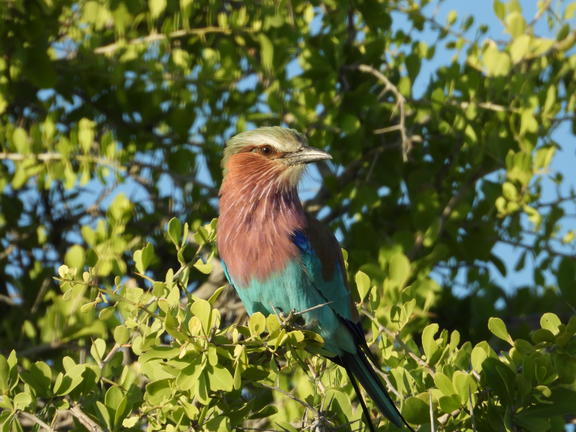
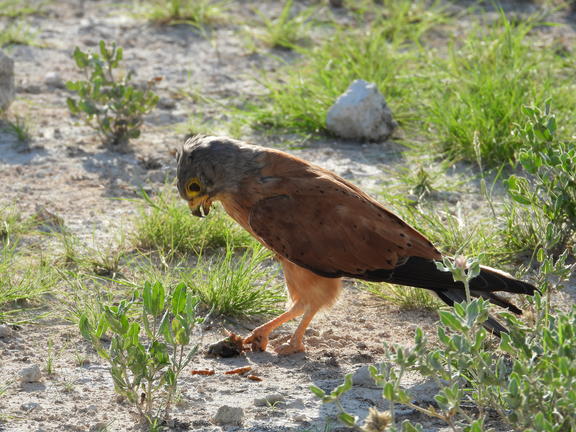
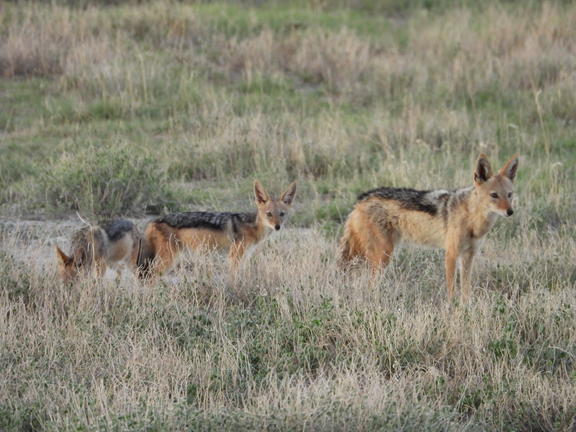
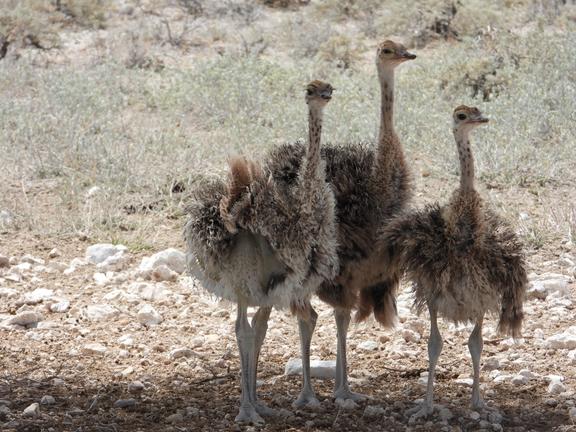
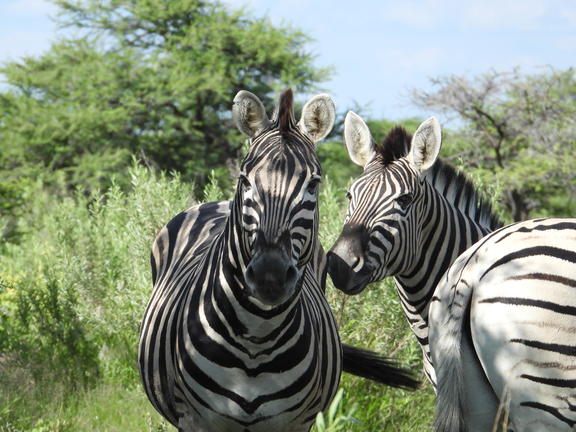
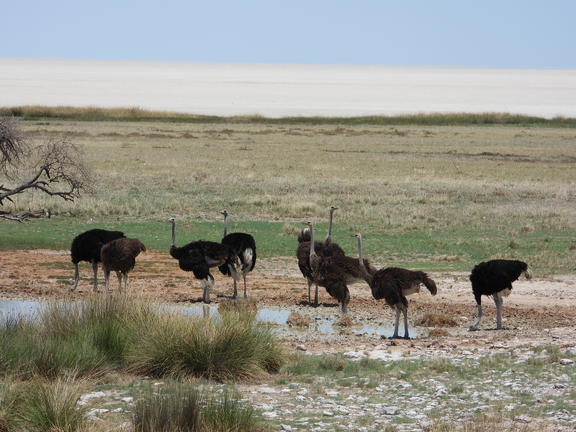
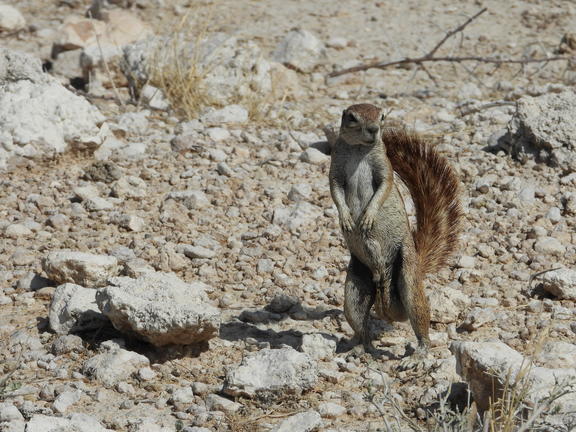
Discover Etosha East, a lesser-known but spectacular region of Namibia’s iconic Etosha National Park. This remote part of the park offers a sense of untouched wilderness, where vast open plains, golden savannahs, and peaceful bush camps come together to create a truly immersive safari experience. It is here that you’ll find the magnificent Etosha Salt Pan — an ancient, shimmering expanse covering nearly 5,000 square kilometers. Visible even from space, the pan dominates the landscape and transforms dramatically with the seasons. In the dry season, its white crust stretches endlessly beneath wide blue skies, while during the rains, it can become a shallow lake, attracting thousands of flamingos and other waterbirds in a breathtaking display of life.
Etosha East is a sanctuary for wildlife enthusiasts and nature lovers alike. Lions, elephants, giraffes, zebras, and even the rare black rhinoceros roam freely through the area, often gathering at the natural and man-made waterholes that dot the terrain. Birdlife is equally rich and rewarding, with ostriches, eagles, hornbills, owls, and countless migratory species filling the air with movement and sound. The landscape itself is a stunning blend of contrast — from stark salt flats to mopane woodland and semi-arid grasslands, offering endless inspiration for photographers and serenity for those seeking solitude.
Thanks to its relative remoteness, Etosha East often feels quieter and more intimate than the busier western side of the park. Whether you're a seasoned safari-goer or visiting for the first time, the region promises unforgettable wildlife encounters, breathtaking scenery, and a deep connection to the rhythms of nature. For those looking to step off the beaten path and into the heart of Namibia’s wild beauty, Etosha East is a destination not to be missed.
Situated in north central Namibia and named for the springs that emanate from its foothills, the Waterberg Plateau National Park is a fascinating geological site featuring compressed sandstone crags, 200 million-year-old dinosaur footprints, and petrified sand dunes. The area’s natural water sources make it far more fertile than its environs, and the park is blessed with a plethora of plant and animal species, including leopards, rhinoceros, vultures, cheetahs, bush babies, ferns and fig trees. Visitors can enjoy a wide selection of activities including: learning about the local Herero culture on an informative village tour, tracking rhino on a guided safari, exploring the Waterberg's 50-kilometre-long and 16-kilometre-wide sandstone plateau, dubbed 'table mountain', and catching a glimpse of the rare and endangered sable and roan antelope.










